iPhone 8 Plus
The iPhone 8 Plus remains a solid option in the iPhone ecosystem despite seeing competition since it launched – and being discontinued by the company. Since this review was originally published, we've added comparisons to some of the alternative phones you might be considering.
The newest contenders into this competition congregation are 2020's iPhone line. That's the iPhone 12, iPhone 12 mini, iPhone 12 Pro and iPhone 12 Pro Max, and they're far more powerful than 2017's iPhone 8 Plus – but with iOS 14, the latter has all the software perks of Apple's latest phones.
While the iPhone 8 Plus has been quietly snuck out of the official Apple lineup in favor of the iPhone SE 2020, the 8 Plus remains an affordable iOS device sold by tons of retailers. So if this review gets you interested in the smartphone, it should be easy to find and easier on the wallet to buy.
The iPhone 8 and iPhone 8 Plus represent the last hurrah for the old iPhone design with a Home button and thick chin bezels, physical features which have been kept on in the newer mid-range iPhone SE 2020.
In terms of what came before this phone though, The iPhone 8 Plus looks like the iPhone 7 Plus, which looks like the 6S Plus, which looks like the 6 Plus...you get the idea. The only thing that tips us off that the 8 Plus is the newest model is the addition of the glass back and the two-tone effect it creates… if it wasn't for that, it would be impossible to tell this and the 7 Plus apart.
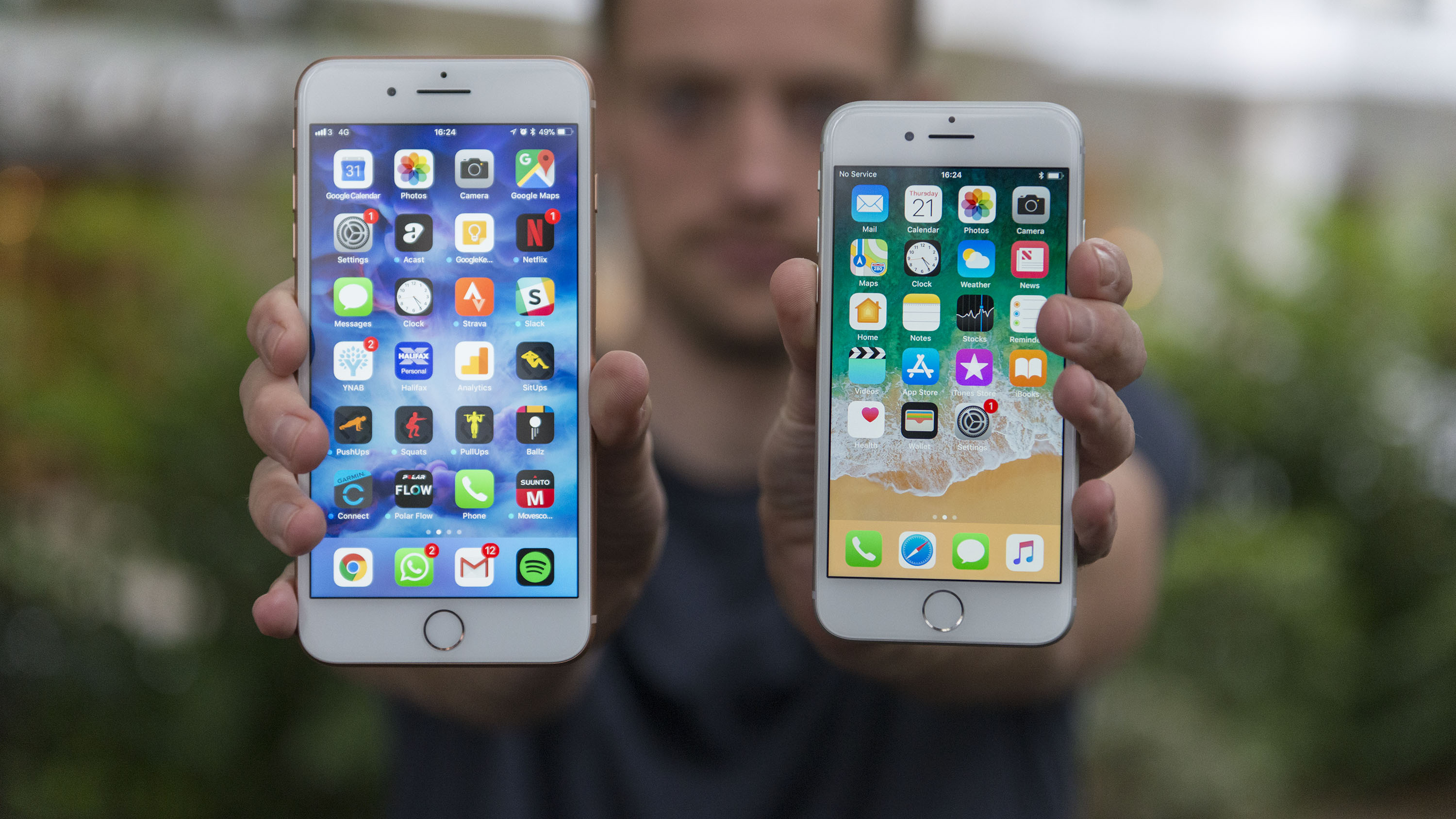
Weight: 202g
Dimensions: 158.4 x 78.1 x 7.5mm
OS: iOS 12
Screen size: 5.5-inch
Resolution: 1080 x 1920
CPU: Apple A11 Bionic
RAM: 3GB
Storage: 64/256GB
Battery: 2,691mAh
Rear camera: Dual 12MP
Front camera: 7MP
Apple has never changed things for the sake of it, but the 8 Plus is the company's final nod to the design it relied on for years before the iPhone X arrived in 2017 to move the dial dramatically, plug in reams of new technology, and change the way we think about the iPhone.
We can only interpret that this is now the 'default' iPhone – the one for folks who aren't looking to spend exorbitant sums of money on a handset, or not keen on big changes, when shopping for a new iPhone. And for those who prefer a home butotn and Touch ID instead of Face ID, the iPhone 8 plus remains an option.
There are some strong upgrades from the iPhone 7 Plus too: the camera has been enhanced, the internal workings are still among the most powerful in the industry, and little tweaks throughout smooth off rough edges in a way that makes us feel Sir Jony Ive climbed inside his computer and lathed them off himself.
Add to that a better battery and screen, and the iPhone 8 Plus is the better iPhone compared to the smaller 8.
Watch our iPhone 8 Plus video review by clicking the play button above.
iPhone 8 Plus vs iPhone XS
The first difference here is cost – although not to the same level as vs the iPhone 8. The iPhone XS (which has replaced the iPhone X) starts at $999 / £999 / AU$1,579 if you want the 64GB model, where the iPhone 8 Plus now begins at $699 / £699 / AU$1,149 for the same capacity.
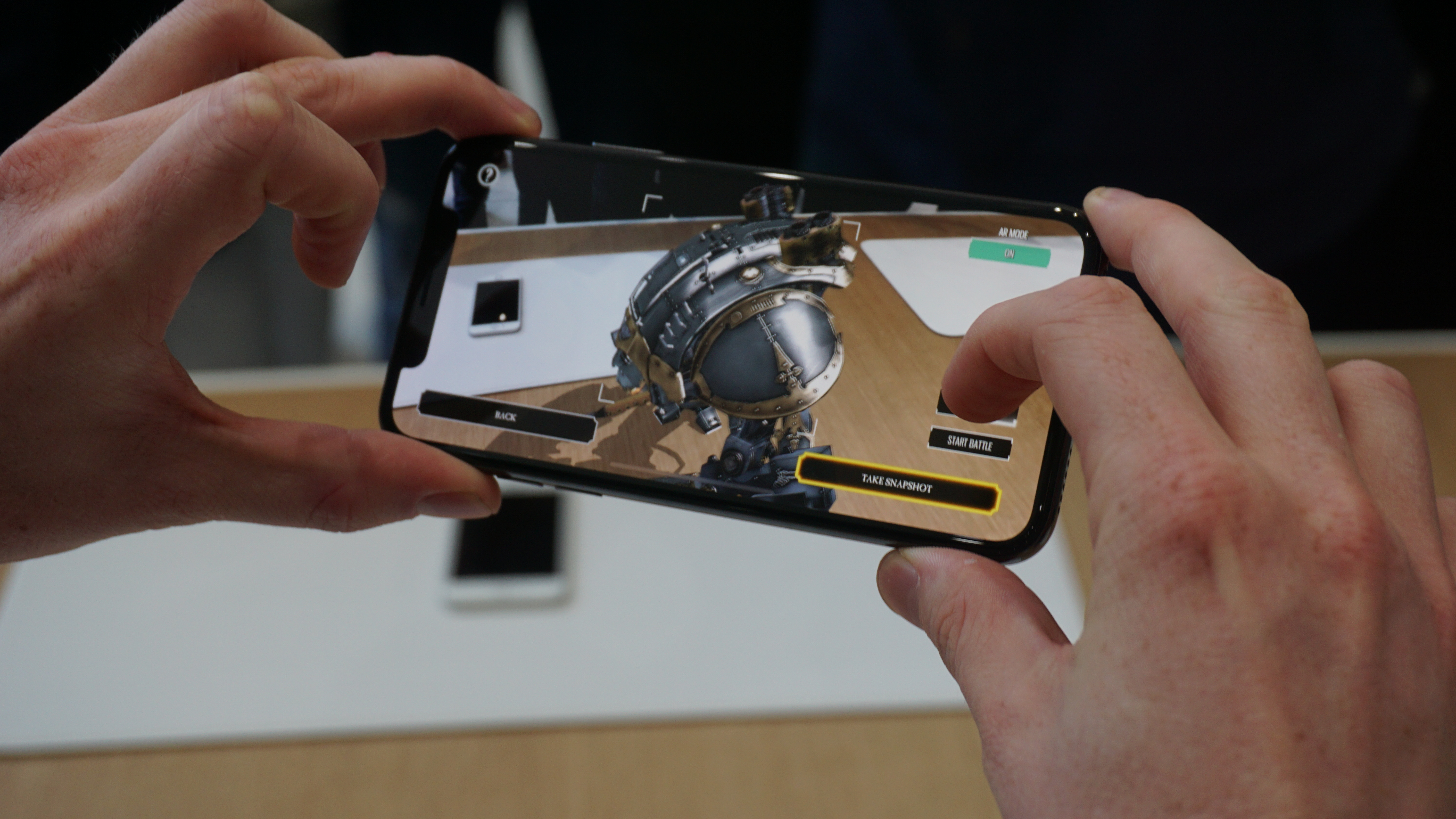
So what are you getting for that (slightly) higher cost? Primarily, the screen – you've got a bezel-less 5.8-inch display with a 1,125 x 2,436 resolution, and it's OLED display technology too – that's superior to the 5.2-inch 1,080 x 1,920 screen on the iPhone 8.
That's a larger phone with a smaller screen – that's what losing the bezel brings.
The other big difference to consider is how you unlock this phone. With the iPhone 8 Plus, it's Touch ID fingerprint scanning, as it has been for years; with the iPhone XS, you're unlocking with your face, using the nattily-named Face ID.
The notch at the top of the iPhone XS contains a camera that allows for Animoji and Memoji, where emoji can be animated by mapping your face – this feature is locked to the iPhone X, XS, XS Max and XR, and isn't a feature that appears on the iPhone 8 Plus, so bear that in mind.
Both the iPhone XS and iPhone 8 Plus have dual cameras, which allows for background de-focus and a more comprehensive photographic experience – however, due to the way the phones are packaged (to accommodate for the iPhone X notch), the camera array is vertical on the XS but horizontal on the 8 Plus.
Basically, the iPhone 8 Plus is the larger-screened version of the 8, with better battery and more heft. It is starting to look dated next to the iPhone X, iPhone XS and iPhone XR phones though.
iPhone 8 Plus price and release date
- iPhone 8 Plus price (64GB): $549 (£579, AU$949)
- iPhone 8 Plus price (128GB): $599 (£629, AU$1,029)
- Launch price (64GB): $799 (£799, AU$1,229)
- Launch price (256GB): $949 (£949, AU$1,479)
- Launched September 22, 2017
The iPhone 8 Plus price remains high, but not as high as it was. At launch the 64GB model was $799 (£799, AU$1,229), while the 256GB option came in at $949 (£949, AU$1,479).
However with the arrival of the iPhone 11, iPhone 11 Pro, and iPhone 11 Pro Max, Apple has cut the iPhone 8 Plus price even more: the 64GB variant now starts at $549 (£579, AU$949) and the 128GB iPhone 8 Plus price is down to $599 (£629, AU$1,029). (Somewhere along the way, Apple dropped the max storage.)
The average user might struggle to fill the 64GB variant with photos, apps and music, and it's good to see that Apple is starting to get back ahead of how much storage most people need.
However, given that the iPhone 8 Plus can record in 4K at 60fps, and three minutes of that comes in at 2.16GB, if you're going to do much filming at that quality then you'll fill the 64GB variant fairly easily.
Of course, opting to get the iPhone 8 Plus on contract will reduce the upfront cost, but it will increase your monthly outlay. Check out the best iPhone 8 Plus deals out there with our dedicated guide (UK only).
The iPhone 8 Plus release date was September 22, 2017, and even though it's been superseded by Apple's new iPhone trio, it's still widely available (and is still sold direct from Apple).
Glistening gold back offers new powers
- Glass back allows for wireless charging
- Looks luxurious in gold
The main thing you'll notice about the iPhone 8 Plus from an aesthetic point of view, at least compared to its predecessors, is the outer coloring. The new gold version is the main event, with a gold aluminum rim and a gold/white glass back mixing together.
It's a striking combination, and compared to the 7 Plus is really rather visually different, creating a more luxurious effect. Also alluring are the special edition Product Red iPhone 8 and 8 Plus phones that exhibit a deep red for mid-cycle freshness.
The silver and space gray colors don’t quite have the same visual punch, but in the hand those phones still feel different with the glass back.
- iPhone 8 colors: what shades does it come in?
The reason for the glass back isn't primarily aesthetic, though. Apple finally jumped on the wireless charging bandwagon in 2017, just when it looked like it might be losing steam. Samsung has been the main promoter of the technology for the last couple of years, and now that Apple's on board, wireless charging has now hit the mainstream at last.
There's no denying it's convenient, as popping your iPhone down on a charging pad is so much simpler than connecting and disconnecting a cable. But it's hardly revolutionary – the tech has been baked into phones for years.
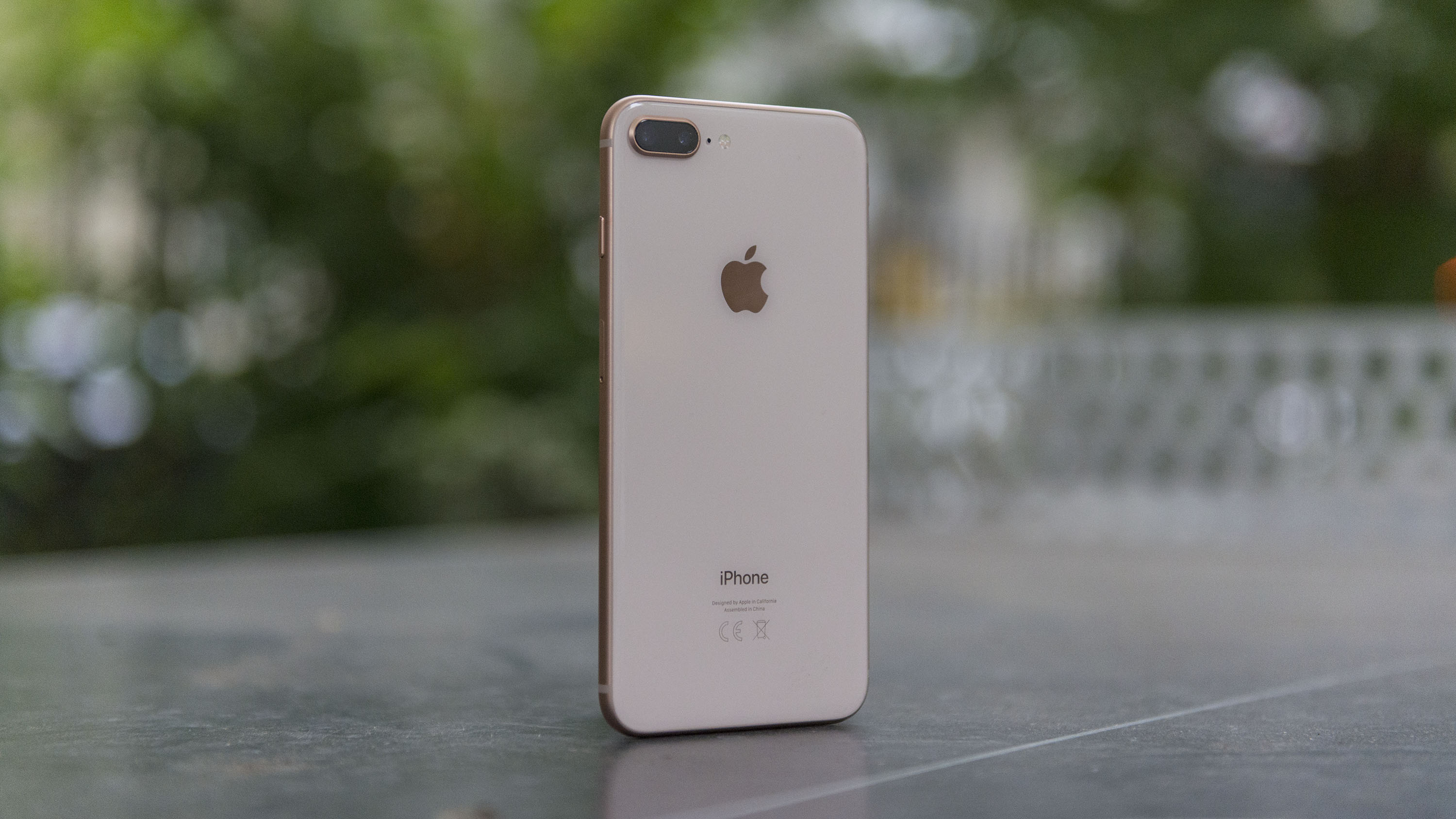
It would, perhaps, be more impactful here if there was a wireless charging pad in the box, but you’ll need to spend around $40 / £40 / AU$60 to buy one from Mophie or Belkin right now, with Apple’s own AirPower pad still mysteriously missing.
The speed of charging is impressive though, as it's not too far off that of a wired connection. We can still remember the trickle charge you used to get with wireless, so you can see why Apple waited until the experience was good enough to put it in its handsets.
New Portrait Lighting mode
- Portrait mode is faster and better than before
- Portrait Lighting is a small but impressive new feature
The headline feature of the 12MP dual sensor on the rear camera is the enhanced bokeh mode – dubbed Portrait Lighting.
The abilities here are pretty astounding, and show how powerful the A11 Bionic chip is inside – being able to algorithmically work out the contours of the face and change the lighting dynamically is impressive.
This can be done either while the picture is being taken or after, via the gallery. It's a powerful tool, albeit not one that really impressed anyone we showed it to.
And that's kind of indicative of the iPhone 8 Plus as a whole – while the overall experience is smoothed and enhanced, the headline features aren't really there. Portrait Lighting is, well, fine – and we almost feel guilty for not evangelizing about it more, given how much intelligence has gone into creating it.
But taking a Portrait mode picture takes some setting up as it is – so achieving the level of quality where Portrait Lighting makes a big difference to the outcome is rare.
However, the new Portrait mode is one of the places where the iPhone 8 Plus is a significant upgrade over its predecessor – it's brighter, faster to recognize the object you're trying to snap, and it's also got that Portrait Lighting feature, which isn’t available on the older models.
The Portrait Lighting modes change things slightly, but nothing mega – and the Studio and Studio Mono modes look a little too cut-out, despite the edge detection being really accurate.
If you spend some time setting up a subject to take the perfect photo, you can get some decent results – but modern smartphone cameras need to take a brilliant quick snap, and we can see this feature being shunted off to the 'rarely used' section of your phone.


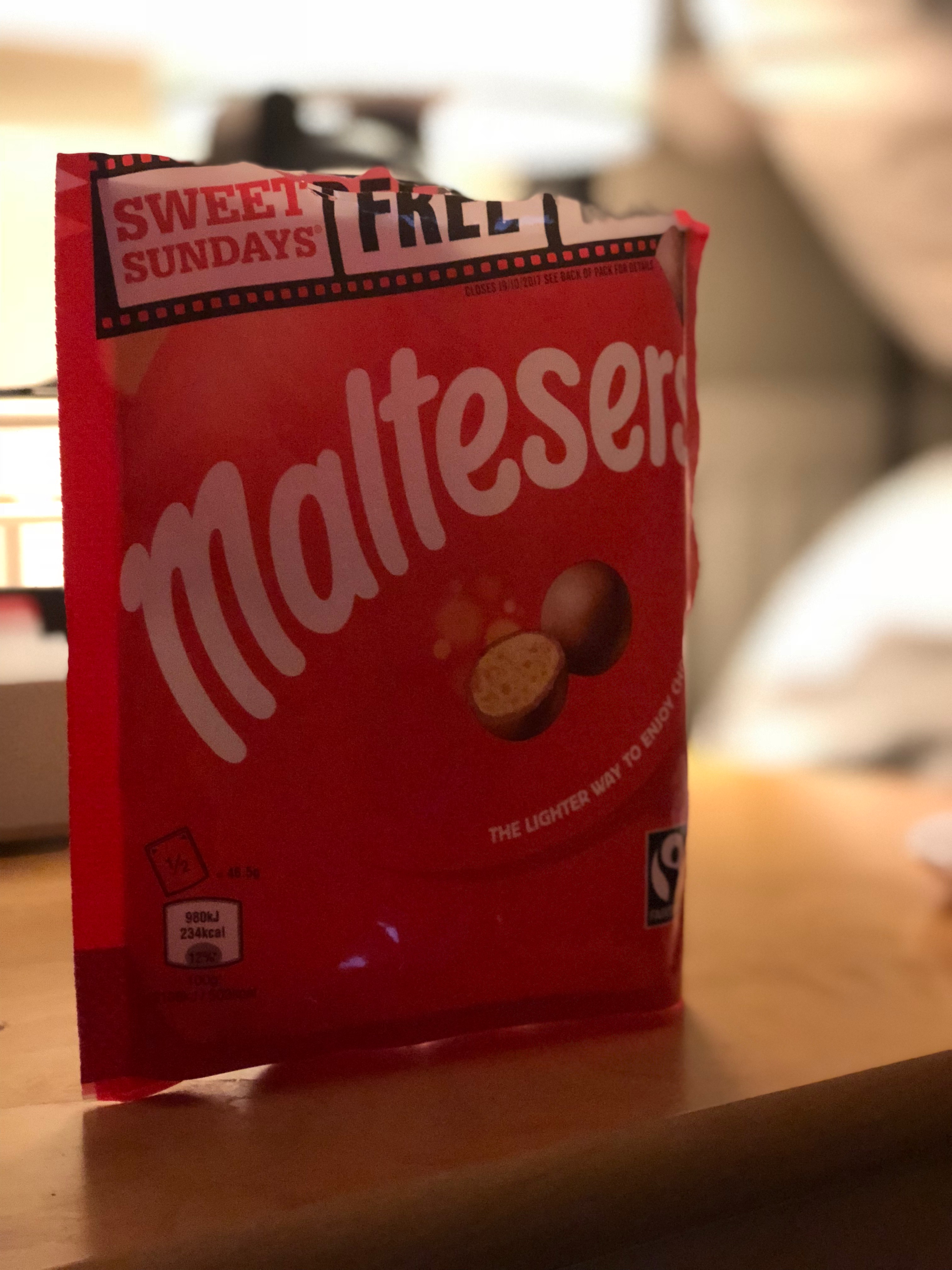
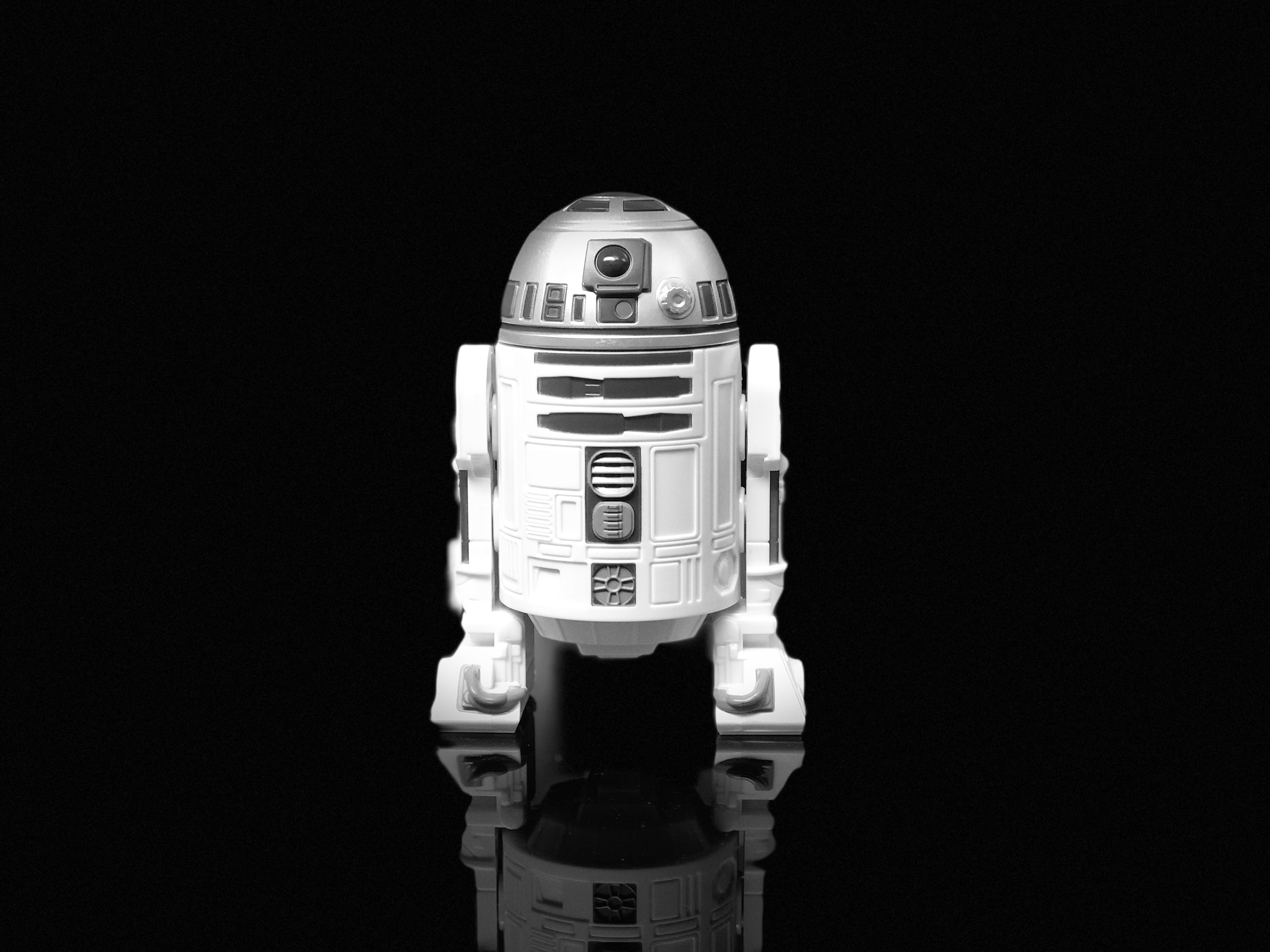
A11 Bionic engine
- Brilliant benchmark results
- Doesn't seem speedier in practice than 7 Plus or Note 8
It’s hard not to like the names Apple is appending to its chips these days. Following A10 Fusion, A11 Bionic doesn’t really make a lot of sense in terms of what it actually does, but it’s evocative.
Anyway – that’s that dealt with. The 2017 chipset inside has six cores, with four efficient ones doing the basic stuff and the other two doing the heavy lifting, whether that's photo-editing, intensive multi-tasking or providing real-time camera effects.
Those previously mentioned Portrait Lighting effects need some real power, and that’s where the A11 chip comes in. Any app that uses high levels of photo manipulation worked pretty flawlessly in our tests, with no lag when working with multiple image layers.
It's hard to convey the usefulness of all this power for the average user, one who might not use such features regularly – but it'll keep your iPhone singing more sweetly for the next two or three years compared to the previous generations.
Everything feels fast under the finger than the 2016 iPhones – although that seems like a redundant thing to say given that most iPhones feel that way when taken out of the box. The real test comes when you start loading it up with apps and content.
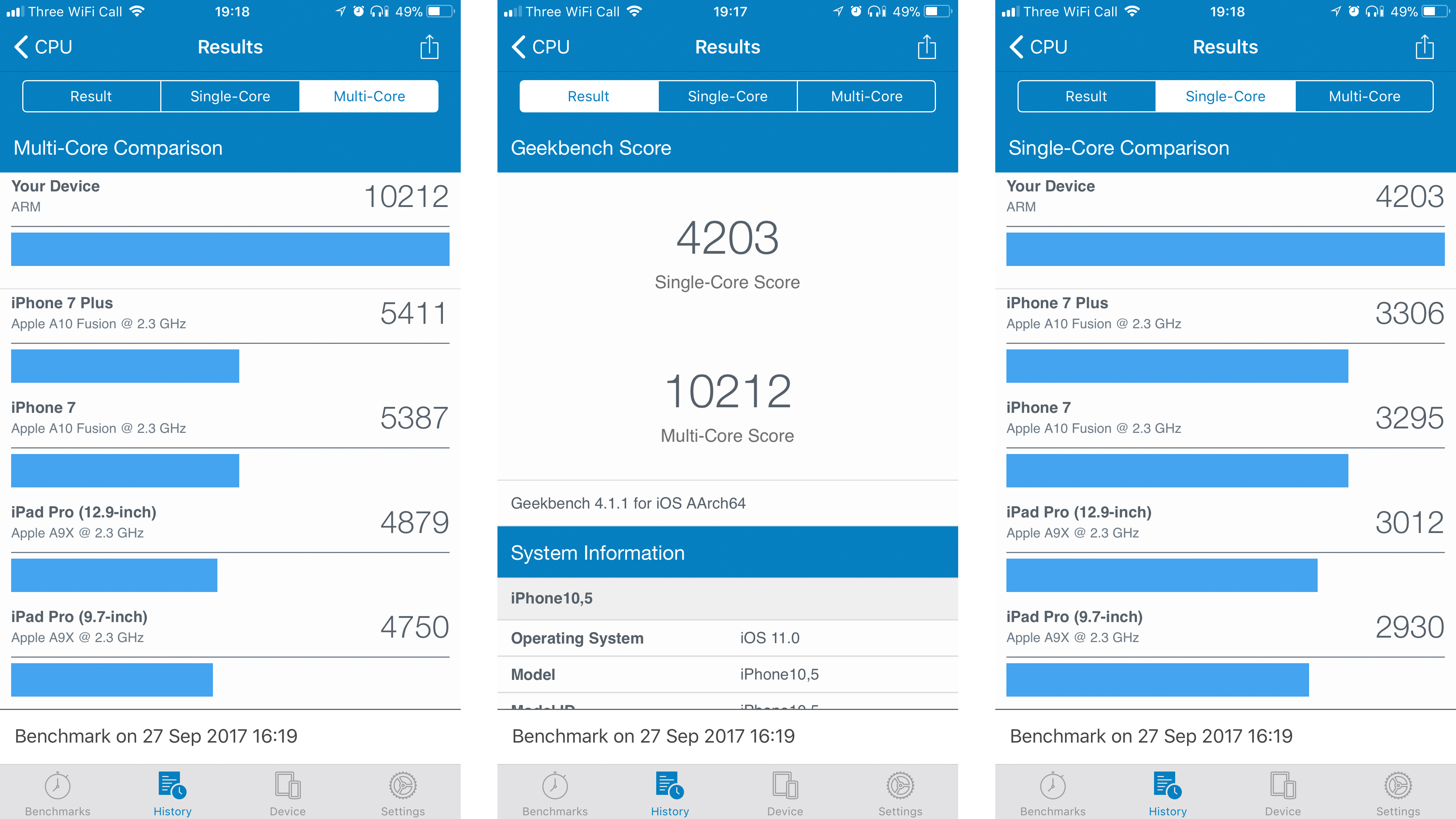
Generally, even when loaded up the iPhone was zippy as anything, with nothing flickering under the finger. However, we had a few moments where the interface juddered and bounced a bit – it still moved swiftly, but the frame rate slowed so it looked jagged.
It righted itself quickly, but it was surprising to note for an iPhone – it’s not something we’re used to.
What's more surprising is that the iPhone 8 Plus didn't perform any better in testing than the iPhone 7 Plus – we opened and closed apps on the two phones simultaneously, and the response times were identical - and was similar in performance to the Samsung Galaxy Note 8.
In fact, when saving a large video to Files, the iPhone 7 Plus was actually faster at completing the task, despite being older and having more storage taken up. The A11 Bionic chip is certainly powerful, but we've not seen anything that shows off the raw power in terms of regular interaction – it's only evident in extra features like the Portrait Lighting.
In terms of out-and-out power though, this was the most powerful phone we'd ever benchmarked when it launched. The Geekbench results were off the chart for the time, powering past 10,000 for the multi-core score and easily beating anything from the Android world. Even in 2019 its performance still impresses.
Will you notice the power of the iPhone in day-to-day use? Nope. iPhones have been rapid enough for years – but people are starting to expect even more and more from their device, whether that’s adding filters to photos, exporting content to friends, or playing the most powerful games around, and you'll be glad of the bionic chip in one or two years' time.
Apple doesn’t make a song and dance about the raw power in its devices, but it does build its reputation on phones just working as they should, and the iPhone 8 Plus will carry on working as it should for a good long while.
Of course, the 2018 iPhones up the ante again with the A12 Bionic chip, which is faster yet: but the A11 Bionic remains capable of handling everything you can throw at it.
True Tone screen and better speakers
- Improved color reproduction and temperature
- Speakers are noticeable louder
It would be wrong to look at the iPhone 8 Plus' screen, see a 5.5-inch Full HD display, and assume nothing changed from the year before. Our review digs deeper than the specs sheet.
In terms of size and resolution, that’s true, but it's missing a big point: the upgrades to the color reproduction and temperature.
These are things you won't really notice day to day, but move to an older iPhone model and you'll probably lament their loss.
While it’s not the sharpest screen on the market, the fact that the display feels so close to the glass really gives it some pop, and the colors are strong and vivid without being overpowering.
True Tone, technology taken from the iPad Pro, is definitely understated – you won’t notice it much, but it'll change the color temperature of the screen to match the ambient lighting better.
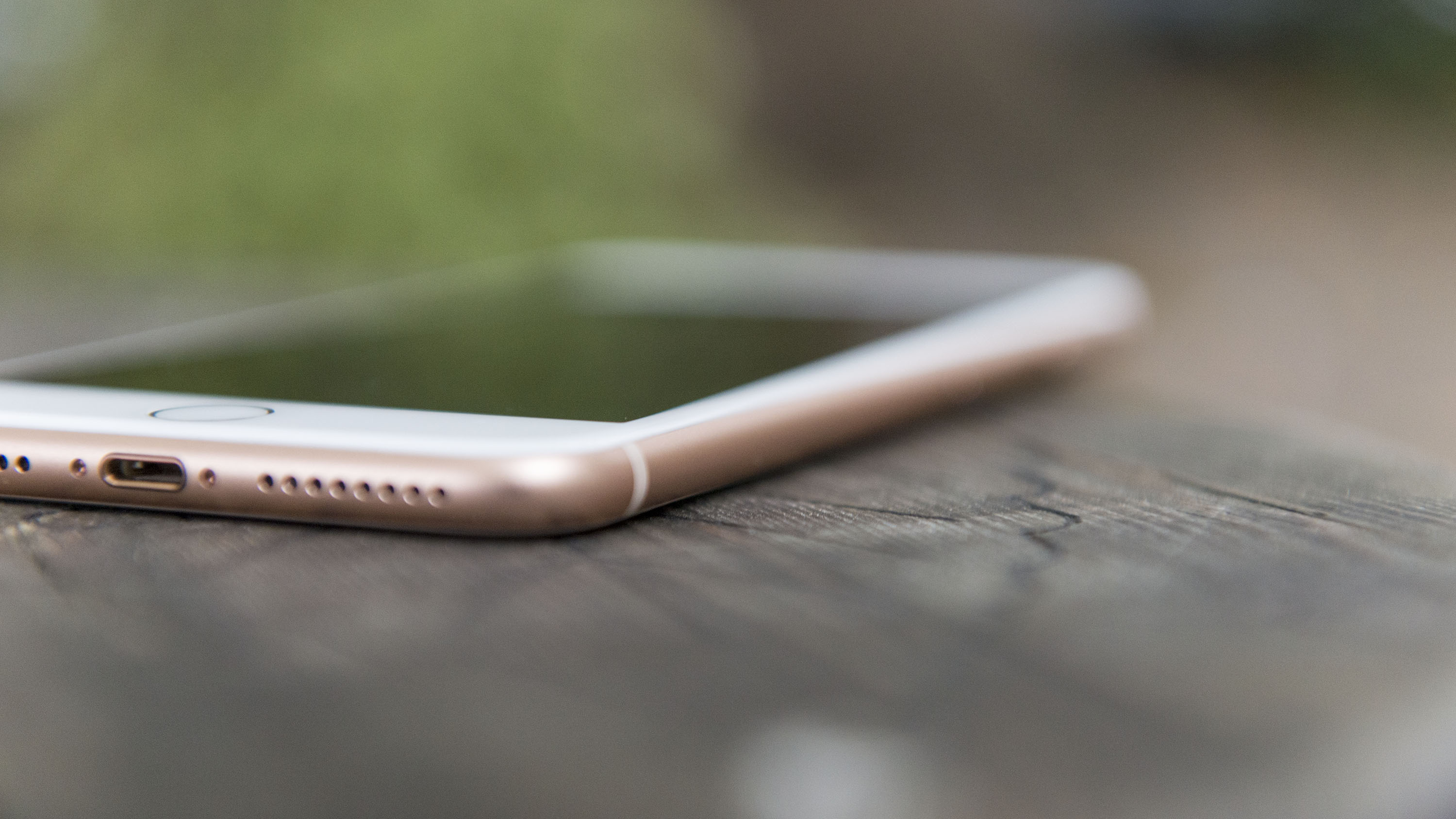
It's a symbol of the luxury you're getting when buying an iPhone; yes, it changes the color and a warmer iPhone screen in lamplight is nice, but it's not a reason to buy – it's just an enhancement to the whole experience.
It's a shame that the iPhone XS and XR phones exist, as they're got a more impressive screen than that on the iPhone 8 Plus, with more vivid colors and a deeper contrast ratio – but the way the iPhone 8 Plus offers more natural color reproduction is going to appeal to many.
At the time of launch, only the Samsung Galaxy S8 Plus or Note 8 could rival it for sheer technical ability and performance. A number of phones have since topped it, but for day to day use it's still brilliantly clear, bright and fun to look at.
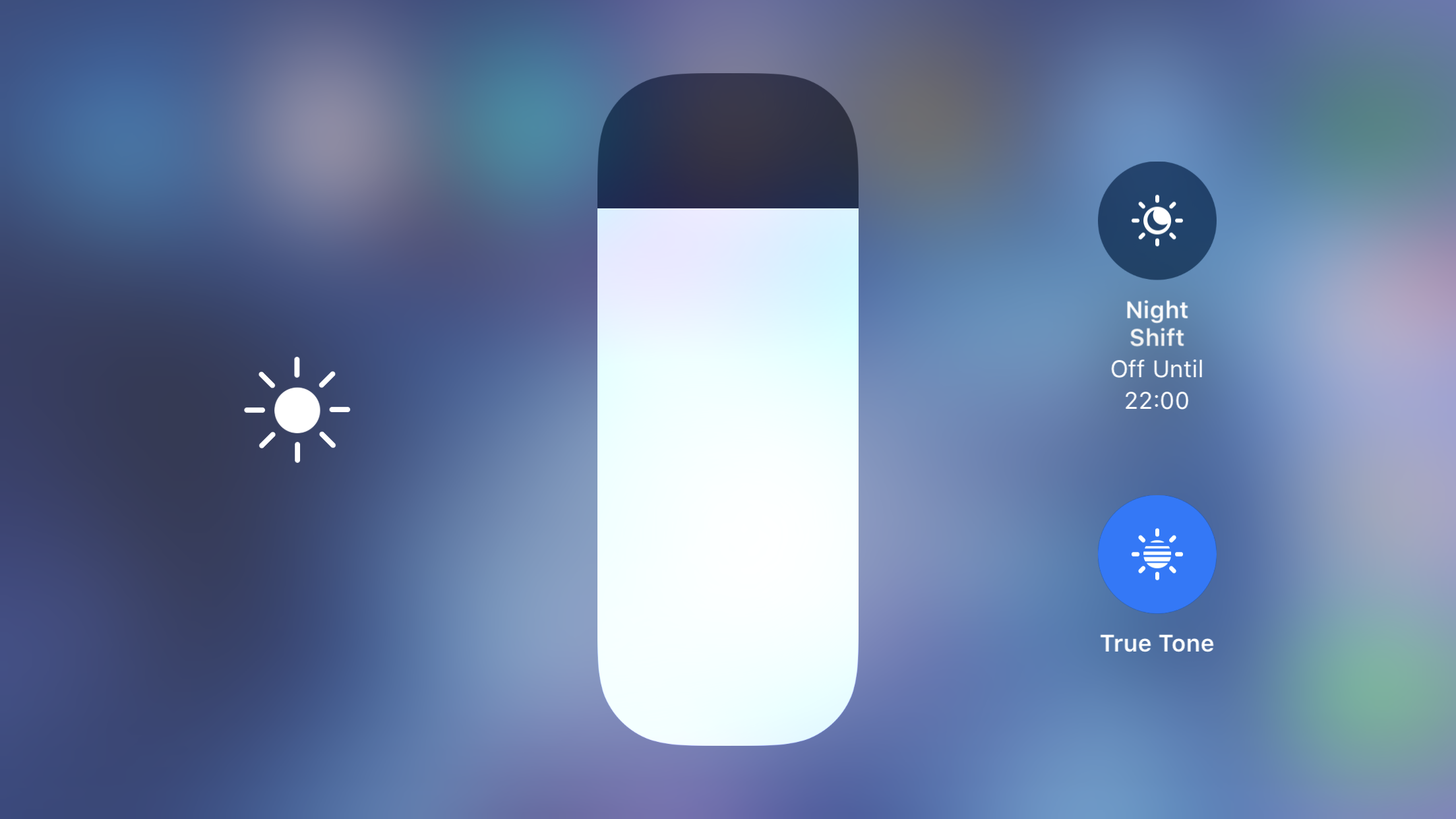
In direct sunlight it's clear, watching videos is possible in nearly every situation, and the size is just about right – the large bezels around the display are the only downside compared to the bezel-less likes of the iPhone XS and Samsung Galaxy S10.
Mobile HDR is also supported on the iPhone 8 Plus, where it's not on the iPhone 7 Plus – the reason for the italics there is that it's not a Mobile HDR screen, but it can play back HDR content.
It's a shame, because Mobile HDR really does make a massive difference to shows, especially in the darker scenes. It's available on the higher-resolution iPhone X, iPhone XS and iPhone XS Max OLED screens, giving you another possible reason to pay for Apple's premium upgrades.

The dual speakers on the iPhone 8 Plus are also upgraded over the previous model – we've tested them on a decibel meter, and they are indeed louder.
Apple is claiming the new phone is 25% louder, and in our blind testing alongside the iPhone 7 Plus and Samsung Galaxy Note 8 the new version was clearly the loudest phone.
While the upgrade year-on-year isn't hugely marked, the quality of the speaker output is rich enough though, and the sound fills a wider space than the mono sound on the bottom of the Galaxy Note 8 – it's another refinement on the iPhone 8 Plus.
New AR effects
- AR implementation is cool but flawed
- AR works just as well on the iPhone 7 Plus

Augmented reality (AR) is a curious thing for Apple – there's a big move towards the tech, but it's hard to see why at this point, if you look at the apps and games available.
For instance, we played The Machines, a tower defense-style game where you have to strategically deploy forces to win battles, and in AR you'll need to move around the playing surface to play the game.
It's… fine. It reminds us a lot of when the first gyroscope games on the iPhone 4 appeared. It was cool that you could move the phone around and play first-person-shooter games, but it wasn't easier or more immersive than what was out there already.
The same with AR – it's cool to be able to move around the playing space, but it's quickly tiring. We can imagine playing in multiplayer it would be cool, with a large table playing space and someone else with a similar iPhone doing the same, but by yourself, it would just be easier to use the screen.
Also, the experience was the same on the iPhone 7 Plus as it was on the iPhone 8 Plus, so clearly the more powerful innards aren't that necessary to enable this capability. And of course it's on the newer iPhones too.
For Apple AR is clearly in its infancy. You wouldn’t buy an iPhone at the moment for its capabilities in this area, but it is something Apple wants to push to get developers thinking about what can be done.

Because imagine the same game of The Machines played with a pair of glasses instead, you and a chum moving around the table and playing the game in real time – that's the future Apple is reportedly envisioning.
If that's the case, AR now makes perfect sense – and you can expect more titles to appear this year that show off the technology's capabilities in niche ways.
Click the video above to hear more about dual-cameras and what they are.
- Improved texture reproduction and sharpness
- Useful Live Photo options and powerful editing effects
- Mixed low light performance
The iPhone 8 Plus' camera is an evolution rather than a revolution when compared to what went before... but Apple didn’t need to reinvent anything here, as it was already one of the best phone cameras on the market. It's incredibly capable on the iPhone 8 Plus, even up against the newer models.
The thing that defines Apple's cameras is how easy they are to use – with every release of a new iOS they gain new (if not necessarily spectacular) features to improve the power of the camera, and the sensor gets imbued with some new capabilities.
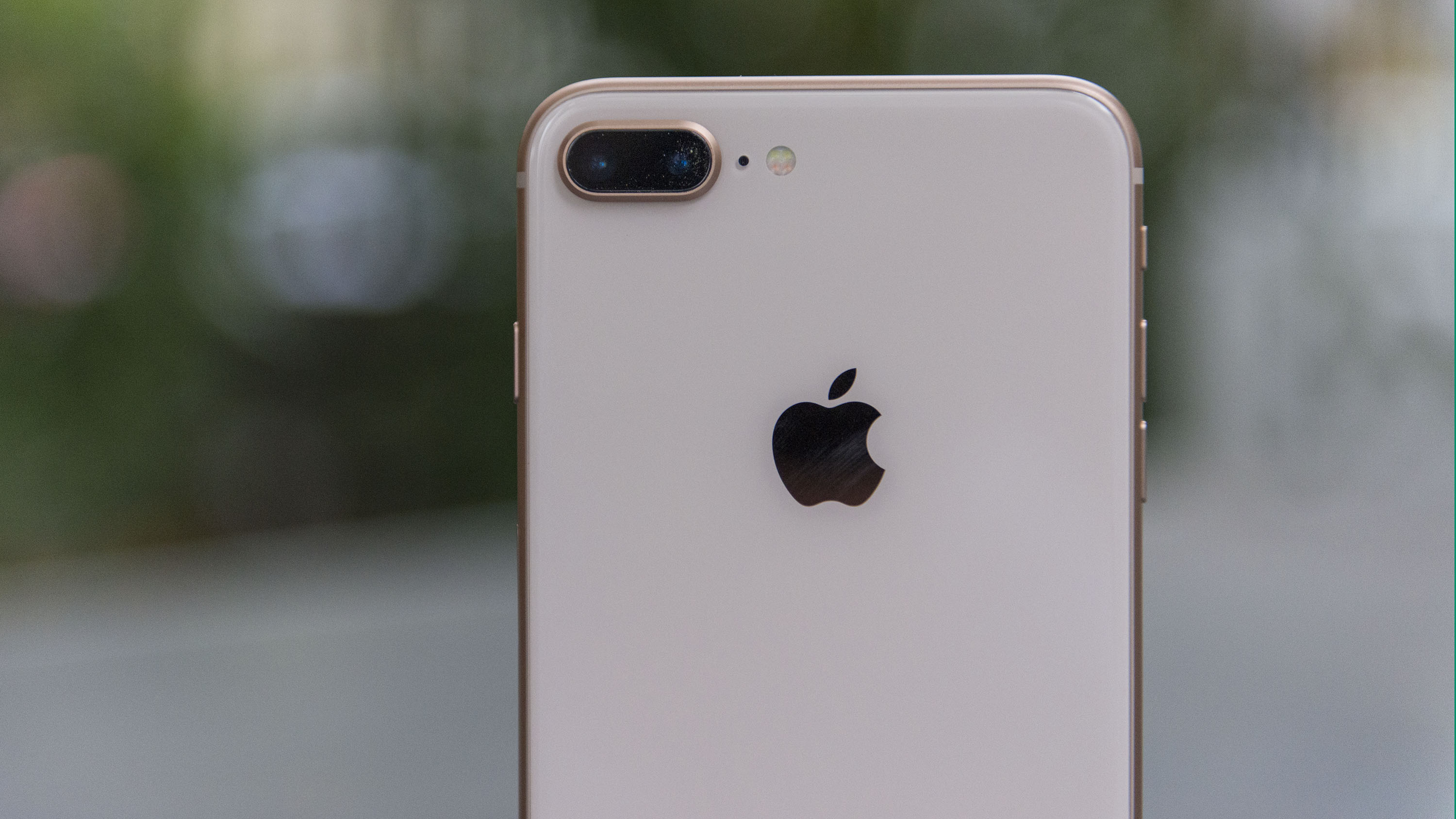
In this case, it's not the two 12MP cameras that were the biggest step up, but the processor inside – Apple rammed its own image signal processor (ISP) into the A11 Bionic chipset, and that leads to greater texture reproduction as more detail is captured.
The results are certainly evident – take a picture of clothing or a rough, stony floor and you'll retain so much more of the depth in those textures than on earlier iPhones. Most snaps look a touch sharper, and there's definitely more background defocusing going on, even when you're not using the aforementioned Portrait mode.
It's actually quite hard to activate Portrait mode intuitively – you have to swipe to the mode in the camera interface, and then wait for the camera to pick up the subject – which sometimes requires you to move the phone around.
The results can be awesome, but sometimes they can look a little average. However, there's no doubting that the camera tech is excellent at working out the subject, and more often than not we had snaps we wanted to share.
The overall performance of the camera is a cut above previous iPhone snappers, with the sharpness in mixed conditions impressive – you can make out plenty of detail in both the brighter and darker sections of the photo.
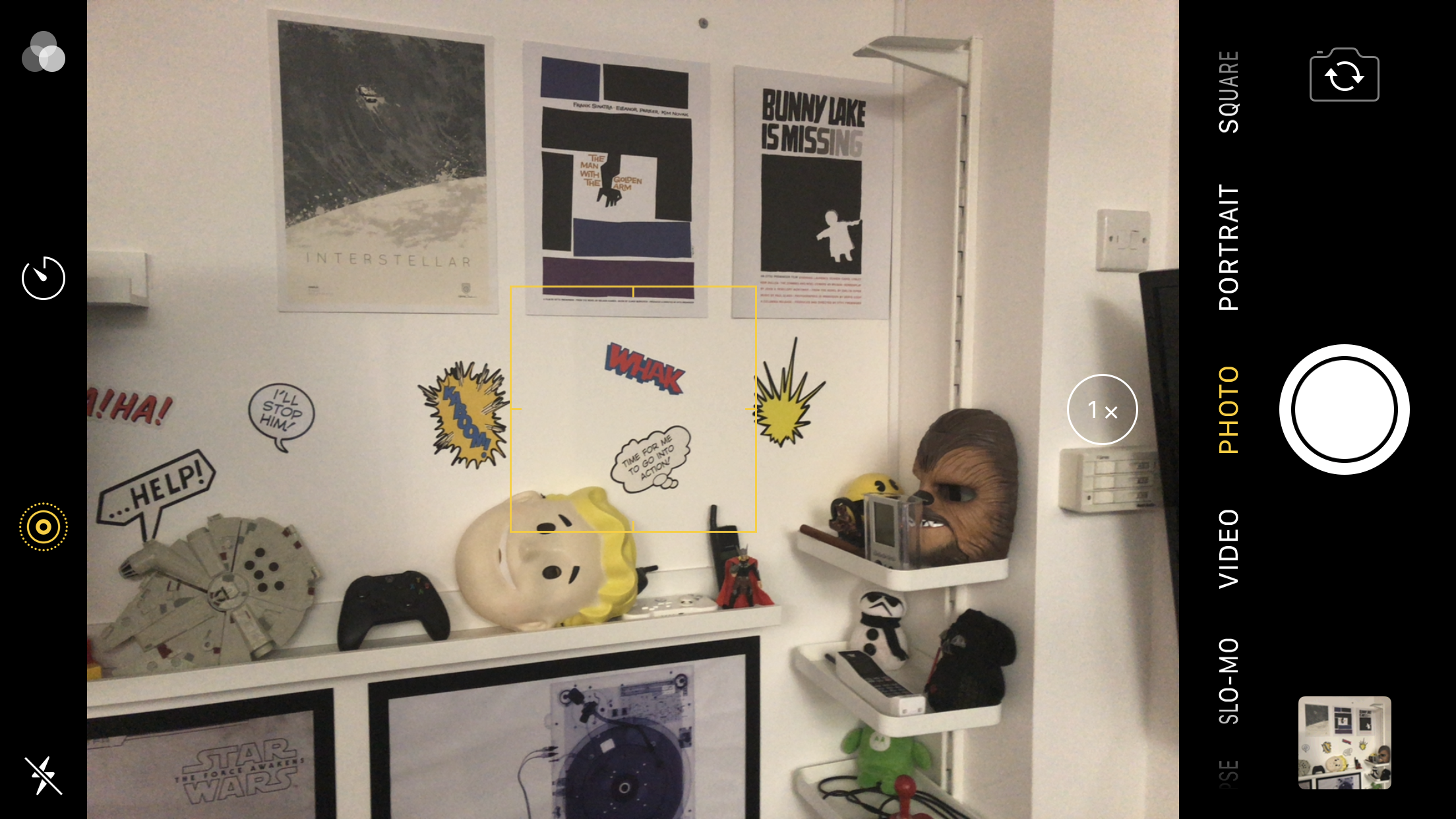
But what's most impressive with the new iPhone 8 Plus – combined with the new iOS 11 software, now updated to iOS 12 – are the editing capabilities, and what you can do with your photos post-capture.
The first is the new Loop, Bounce and Long Exposure options that arrived with iOS 11 and make real use of Live Photos. It's fun to play with the effects, and the phone will analyze an image and suggest which option you should use to get the best effect.
Long Exposure doesn't really add a huge amount to most Live Photos, but static images with a very singular, bright piece of motion work well. Bounce and Loop work nicely, and you can even set the resulting image as a watch face with a single tap.
The editing effects are powerful too – yes, they're mostly filters, but Apple has popped some excellent choices in there, and the color/brightness tweaks you can make are the perfect mix of simple and effective – the balance Apple strives to seek.
One of the things we didn't quite understand is the Slow Sync feature, which captures pictures of objects in low light with high brightness. The flash doesn't seem to react any differently than normal in these moments, and the difference wasn't particularly clear.
Low light performance in general is mixed, as the HDR capabilities aren't as evident here. Perhaps we're expecting too much from the iPhone, but when taking pictures of a candle in the darkness we had to work hard to get the flame clear by manually adjusting the exposure.
Overall, we noticed that the iPhone 8 Plus tends to overexpose every photo a little, with the picture captured looking brighter than the subject or scene in real life. There's very little processing going on, so the detail is reproduced incredibly faithfully at times.

The autofocus, in particular, is very strong. Almost too much so – we wanted to take a snap of a fast-moving car in front of a static fence, but the iPhone 8 Plus was too rapid because the AF kicked in so quickly – and with no capability to decrease the shutter speed in the main camera app, our options were limited.
It's no bad thing though, and in general having this level of sharpness is excellent.
The new video modes are another example of Apple just bringing effects that actually make a difference to the camera phone party. The 4K 60 frames-per-second (fps) filming is really smooth and clear, and a nice way to future-proof your videos.
However, it munches up storage, as mentioned above, so you'll need to constantly sluice the files off if you want to leave space on your phone. The Full HD slow motion capabilities are also great – that means super-clear footage of the things you want to capture in exquisite detail.
It's not quite at the Super Slo-Mo level of the Sony Xperia XZ Premium and the Samsung Galaxy S9, but then again the iPhone 8 Plus' camera performs much better in low light and in rendering detail… plus you can fully choose where the slow mo works.
To summarize: you'll get some amazing photos with the iPhone 8 Plus. Maybe not every single time – we did get some poorer efforts on occasion – but on the whole you'll look at the results and be wowed by the performance.
Camera samples
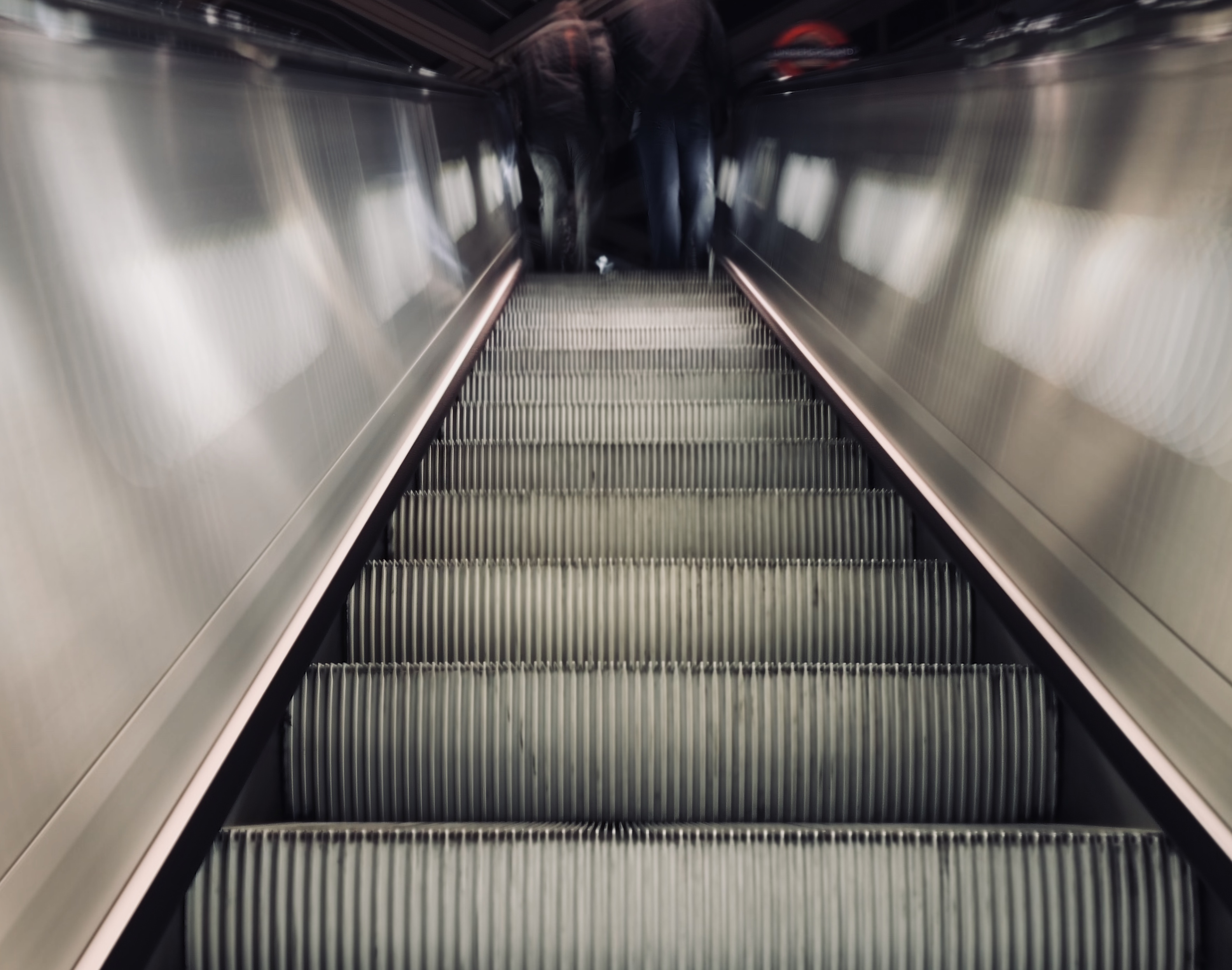
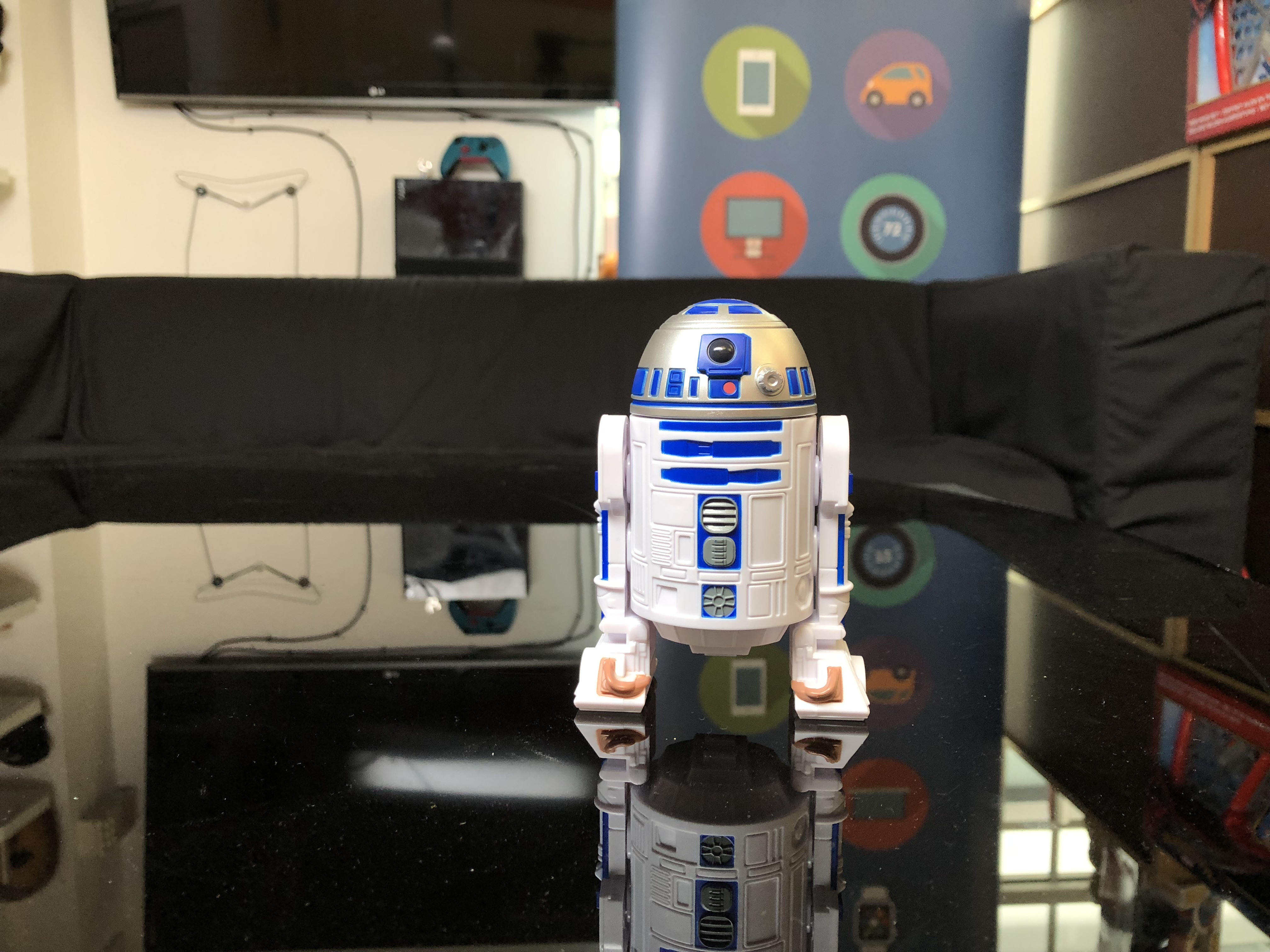
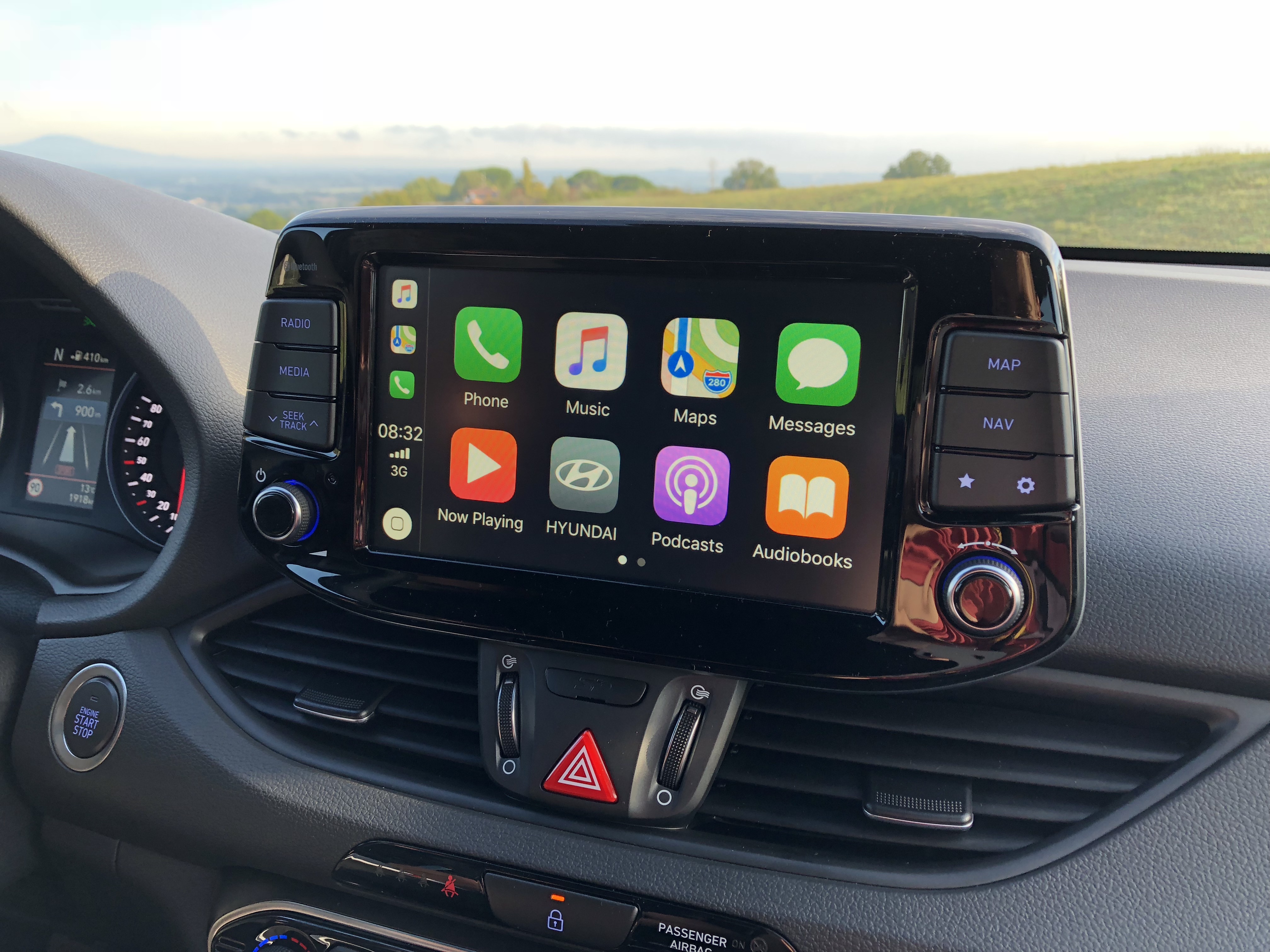
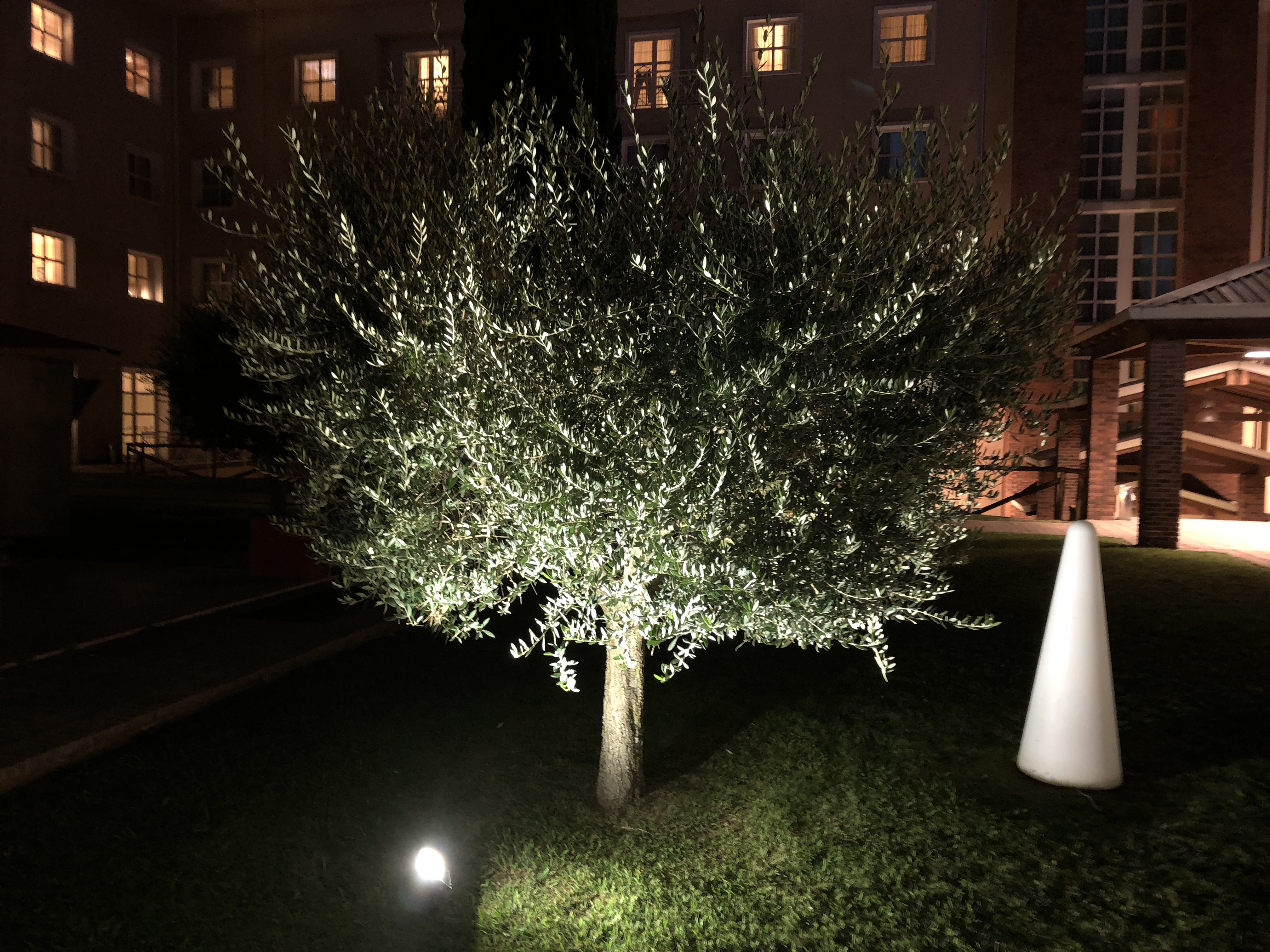

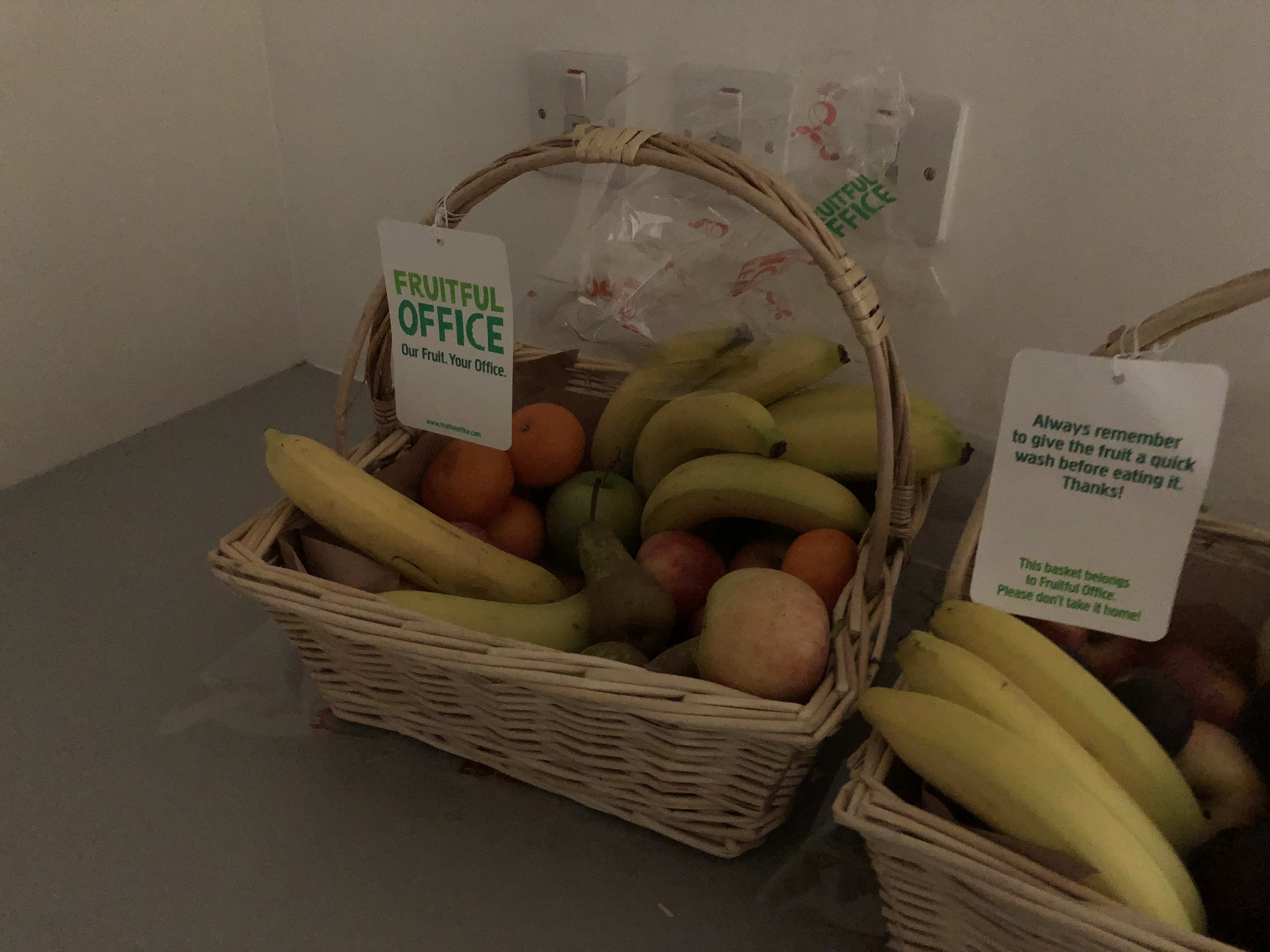
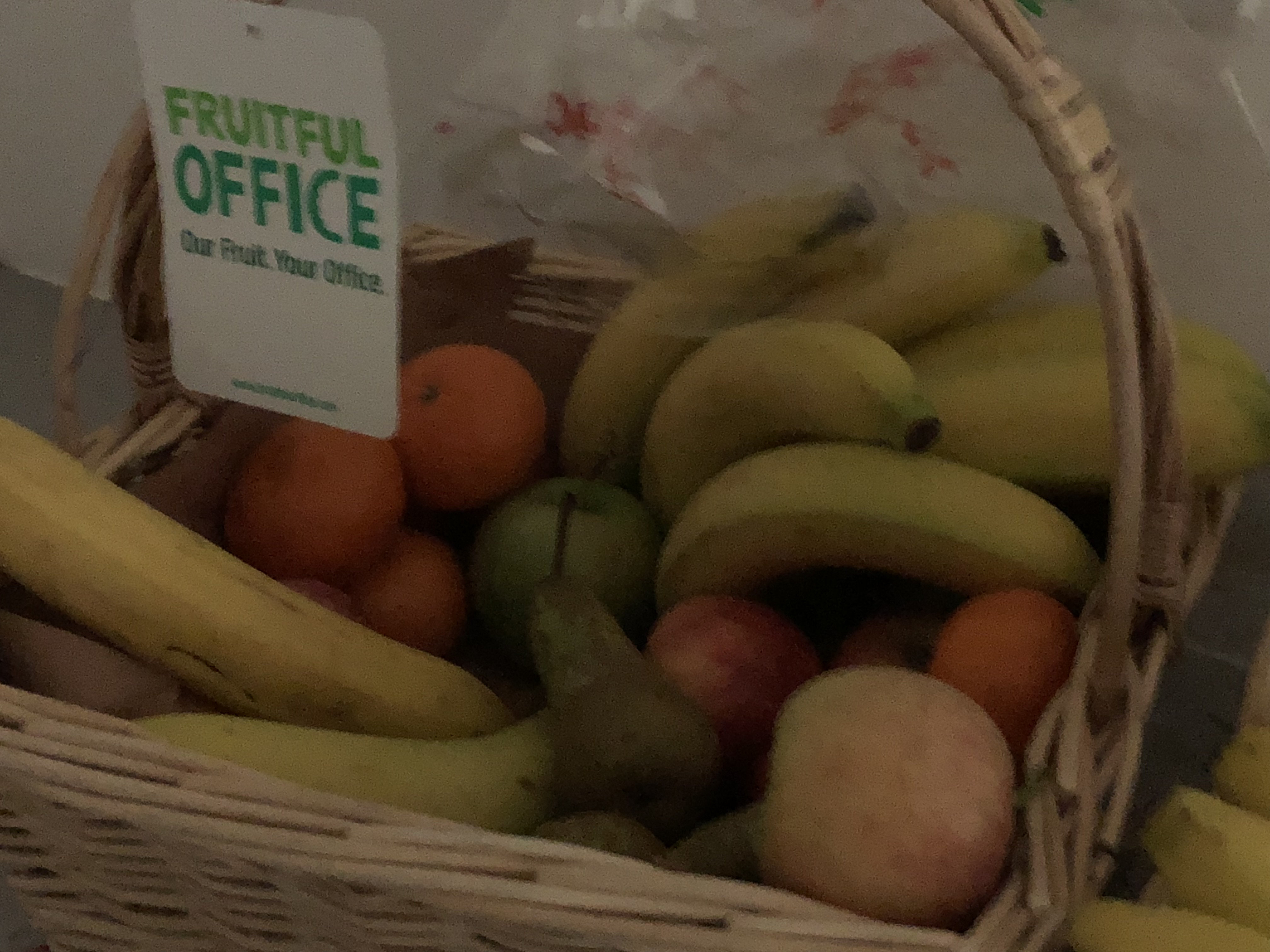
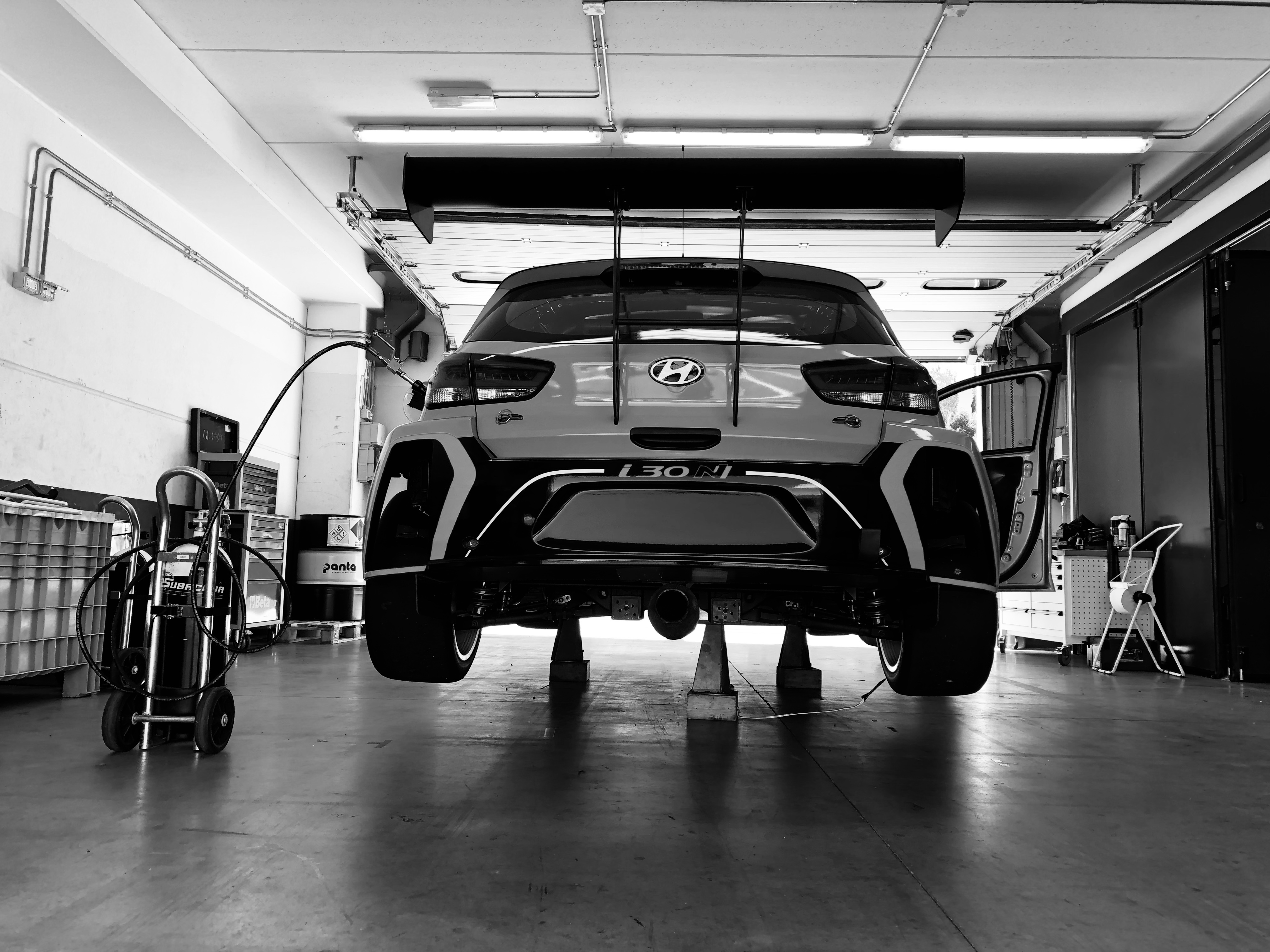
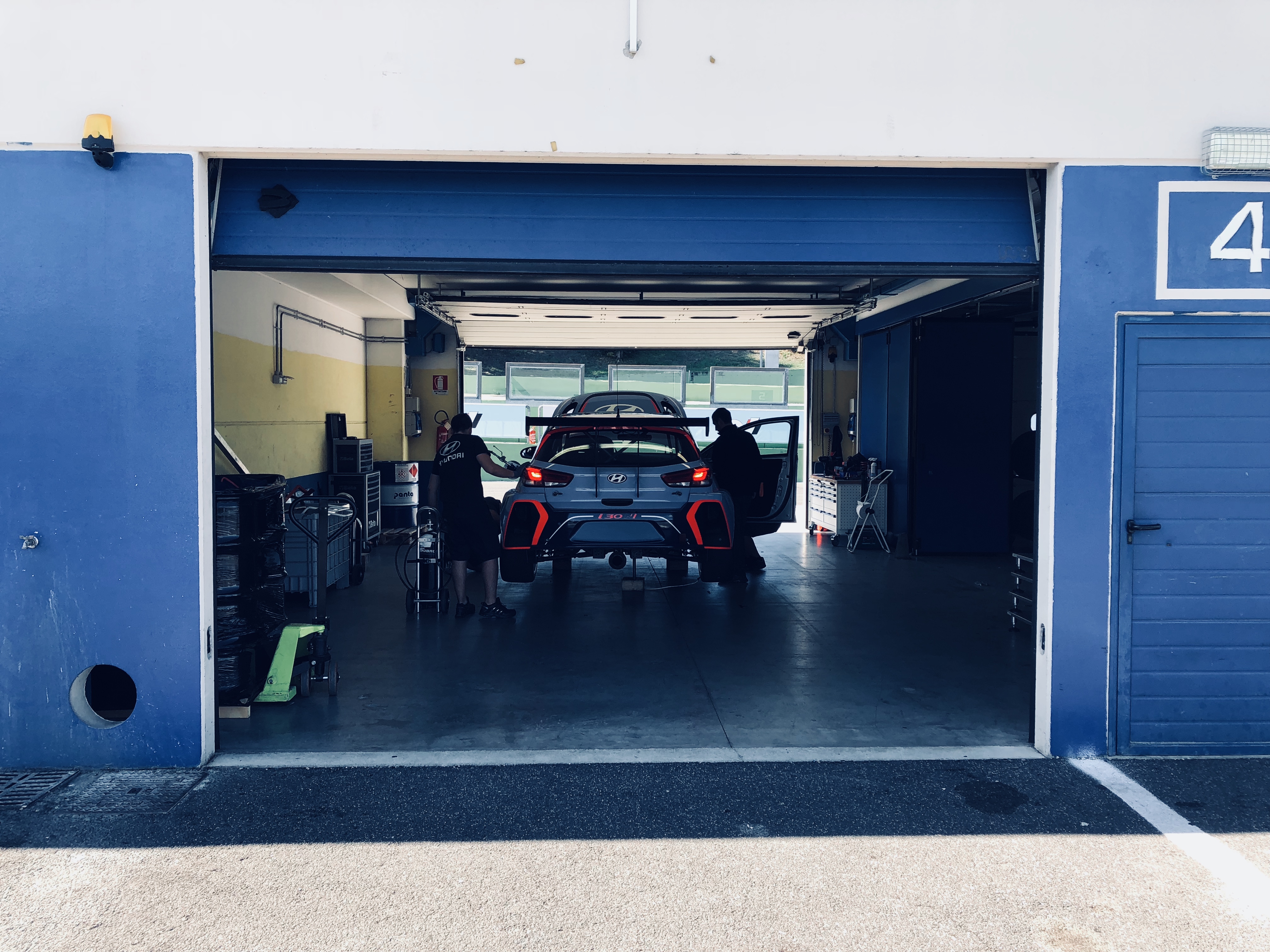

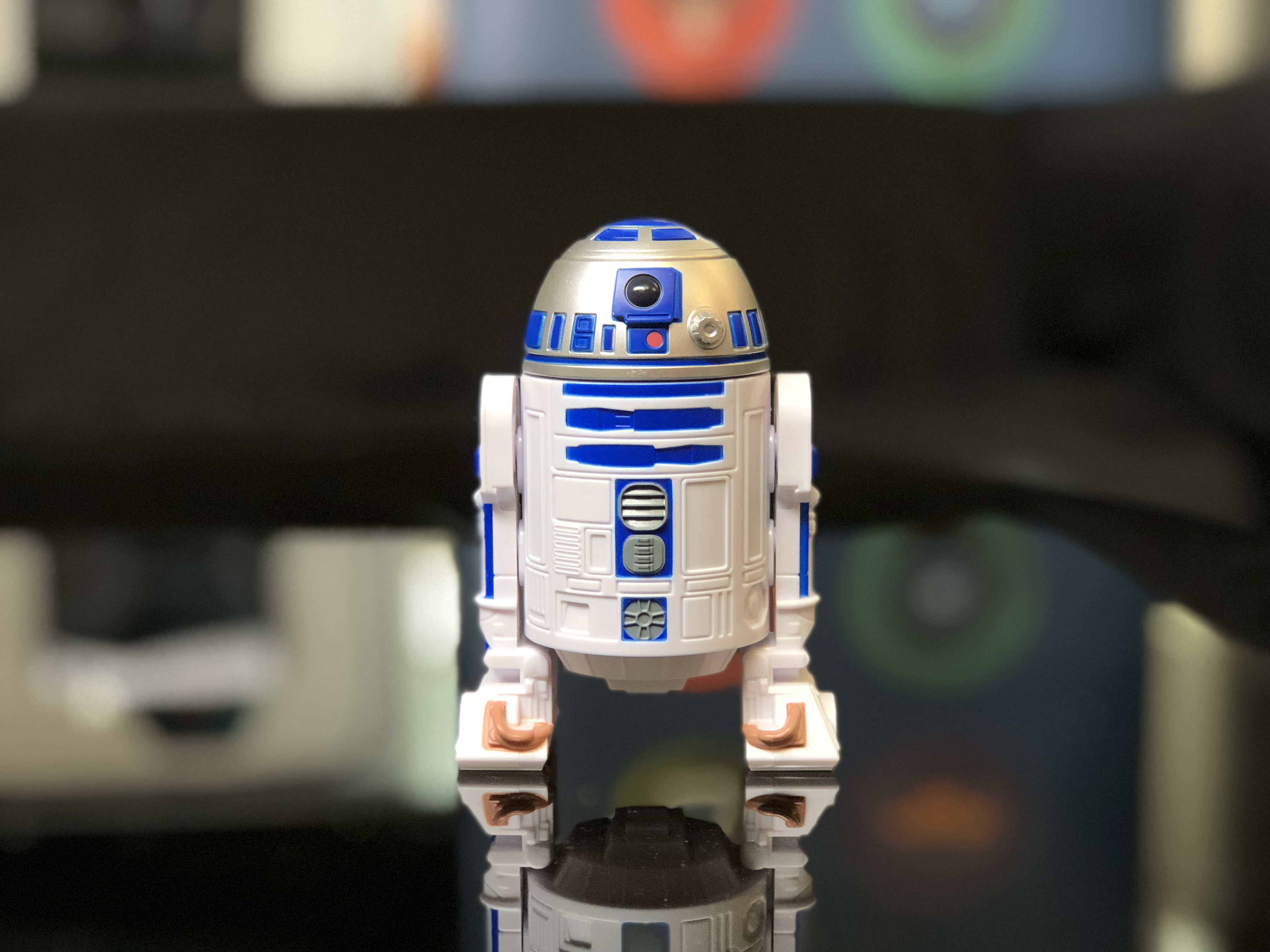
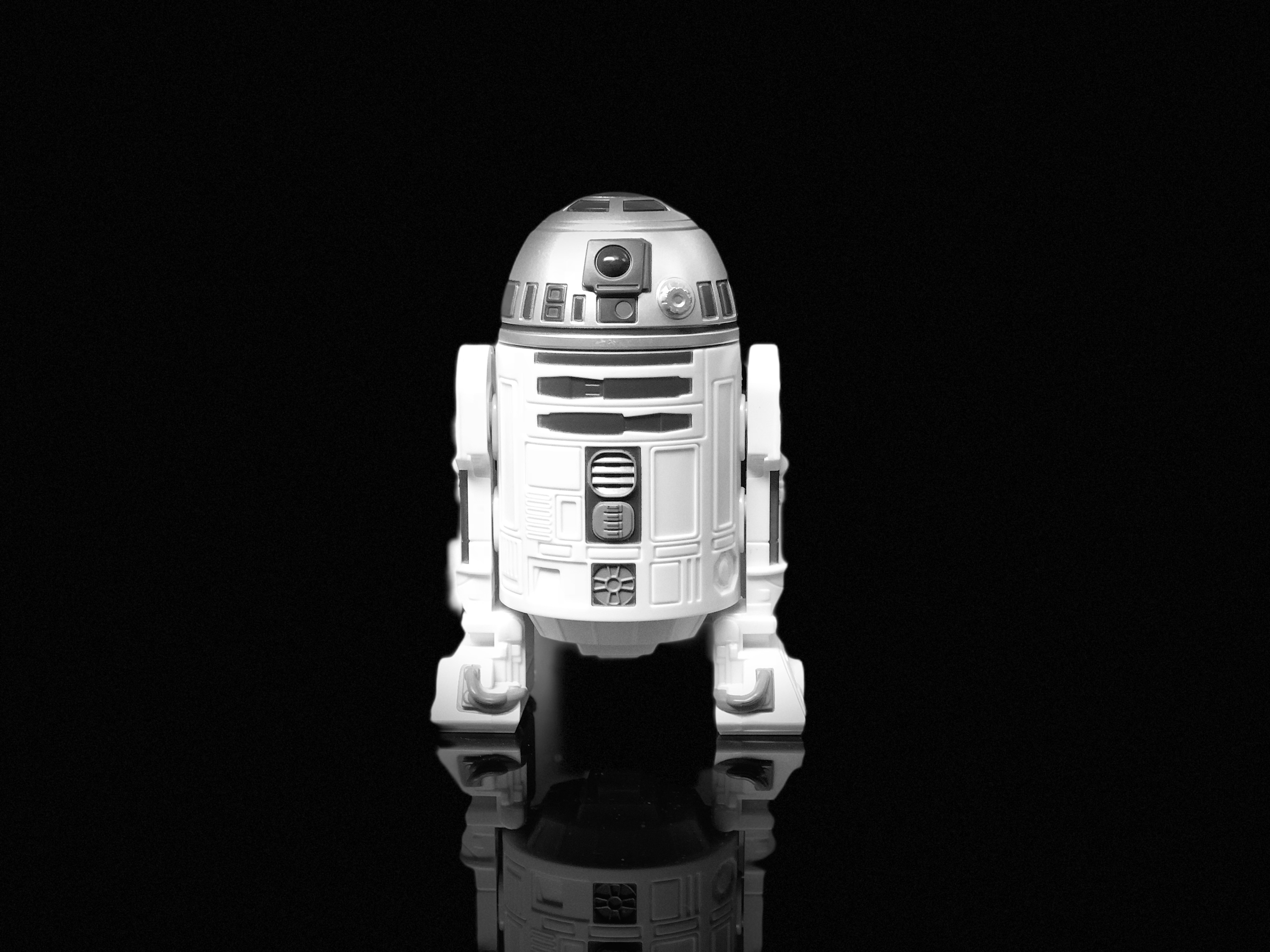
- Middling battery life
- No fast charger in the box
The battery life on the iPhone 8 Plus has been pleasing – the day-to-day tasks, those that don't require intense effort on the part of the phone – don't eat away the battery anywhere near as much as they did on previous iPhones.
If we were just playing graphically easy games, using WhatsApp or browsing social networks we were easily able to make it to the end to the day without a problem.
A day of taking photos, moving around a lot (which triggers the motion sensor) and playing (non-intensive) games saw us with over 20% of battery life still left at 8pm. Add in a wireless charging pad for regular top-ups and you'll rarely have a battery emergency.
That said, between 8pm and midnight the battery level slipped rather rapidly – you'll want to switch to Low Power Mode at this point, and it's still irritating that you can't set this as the default.
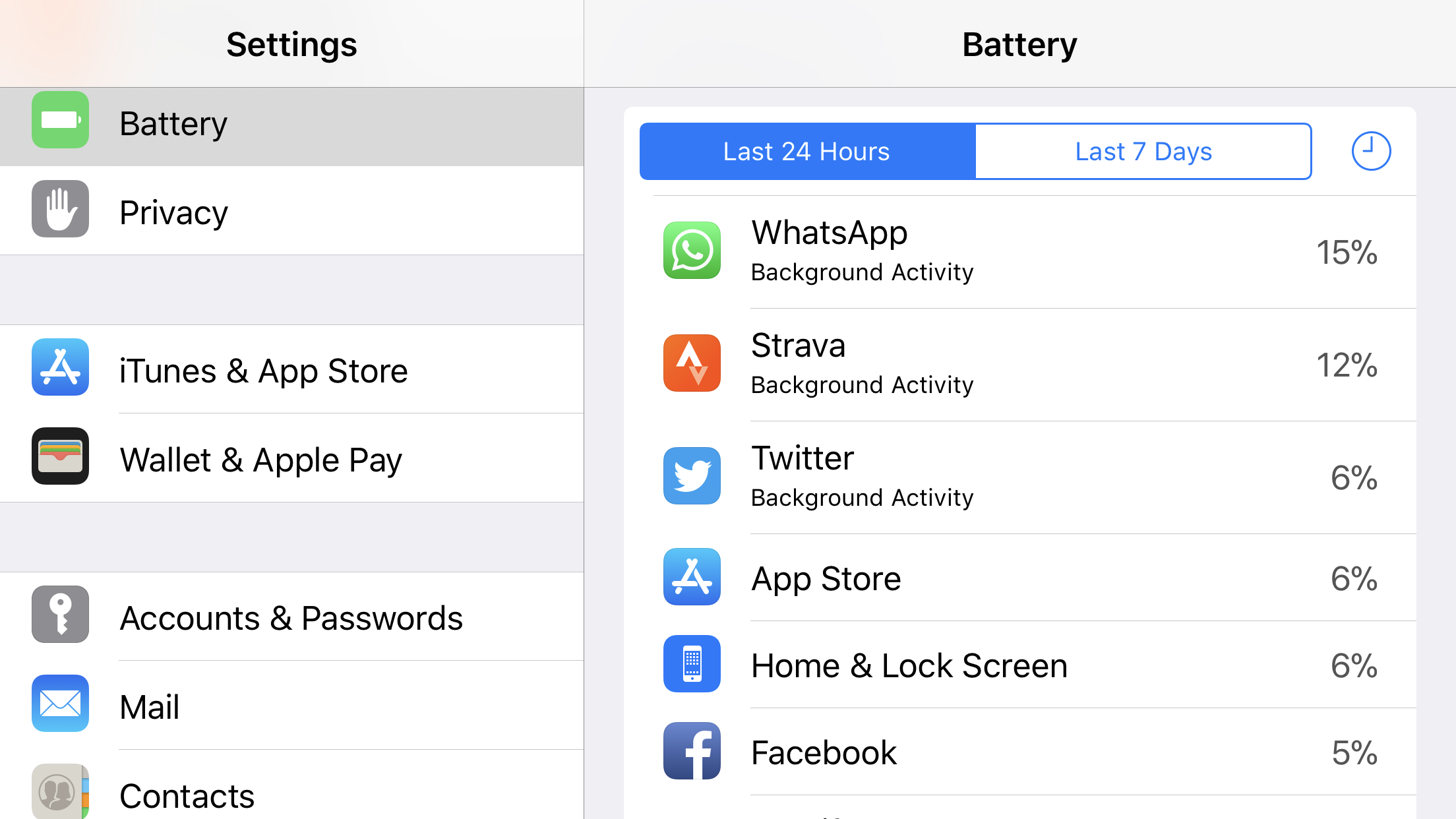
It's also frustrating that while the iPhone 8 Plus supports fast charging – 50% in half an hour from dead – you'll need to buy a dedicated cable and charger in order to take advantage of it, which sucks.
Most rivals offer fast charging right out of the box, and it's a shame that Apple hasn’t joined the revolution.
The speed of wireless charging is impressive though. It's not linear, in that your phone will start charging rapidly but can then slow a little, but the general speed isn't too far off that of a wired connection, which is what you'd hope for if you're going to be picking up and putting down your phone regularly.
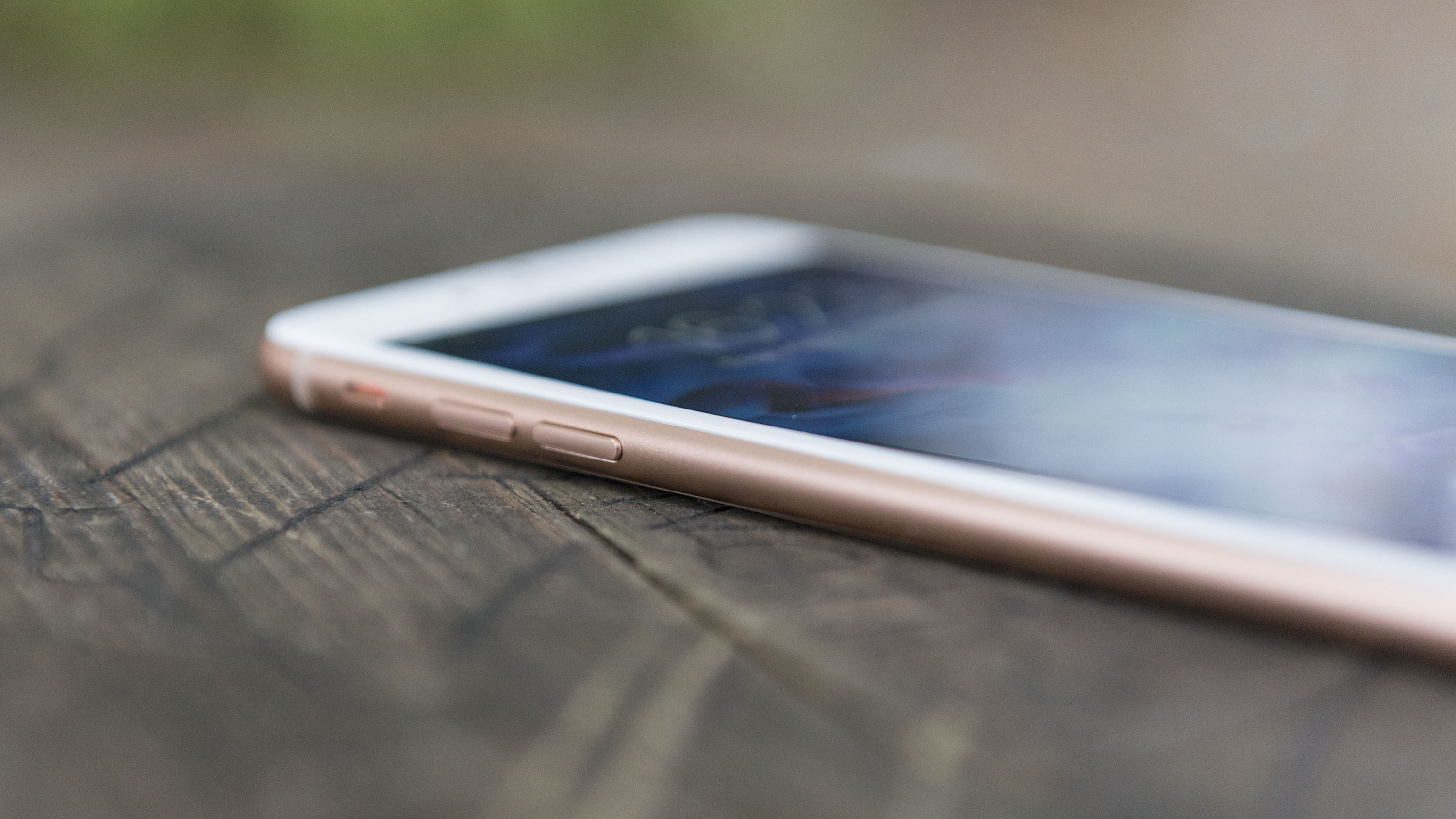
In our standard battery run-down test, where we loop a Full HD video for 90 minutes at full brightness, the performance was about average. We expected the iPhone 8 Plus to perform better to be honest… it dropped 23%, which is similar to many other flagship phones - though the likes of the newer iPhone XR have it slightly beat, with that phone dropping 20%.
It's hard to see why it didn’t do better – with a more efficient processor, it’s actually a slightly worse score than on the iPhone 6S Plus. It just shows that Apple hasn't really improved the battery performance much – although, given it's got a lot smaller battery than in previous Plus models (for some reason) that's actually an impressive feat of engineering.
Apple has gone from a large 2,900mAh battery to the smallest its ever shoved into its phablet, presumably to facilitate the wireless charging. It's still a shame that's the case though, as we always want more battery life in the handset.
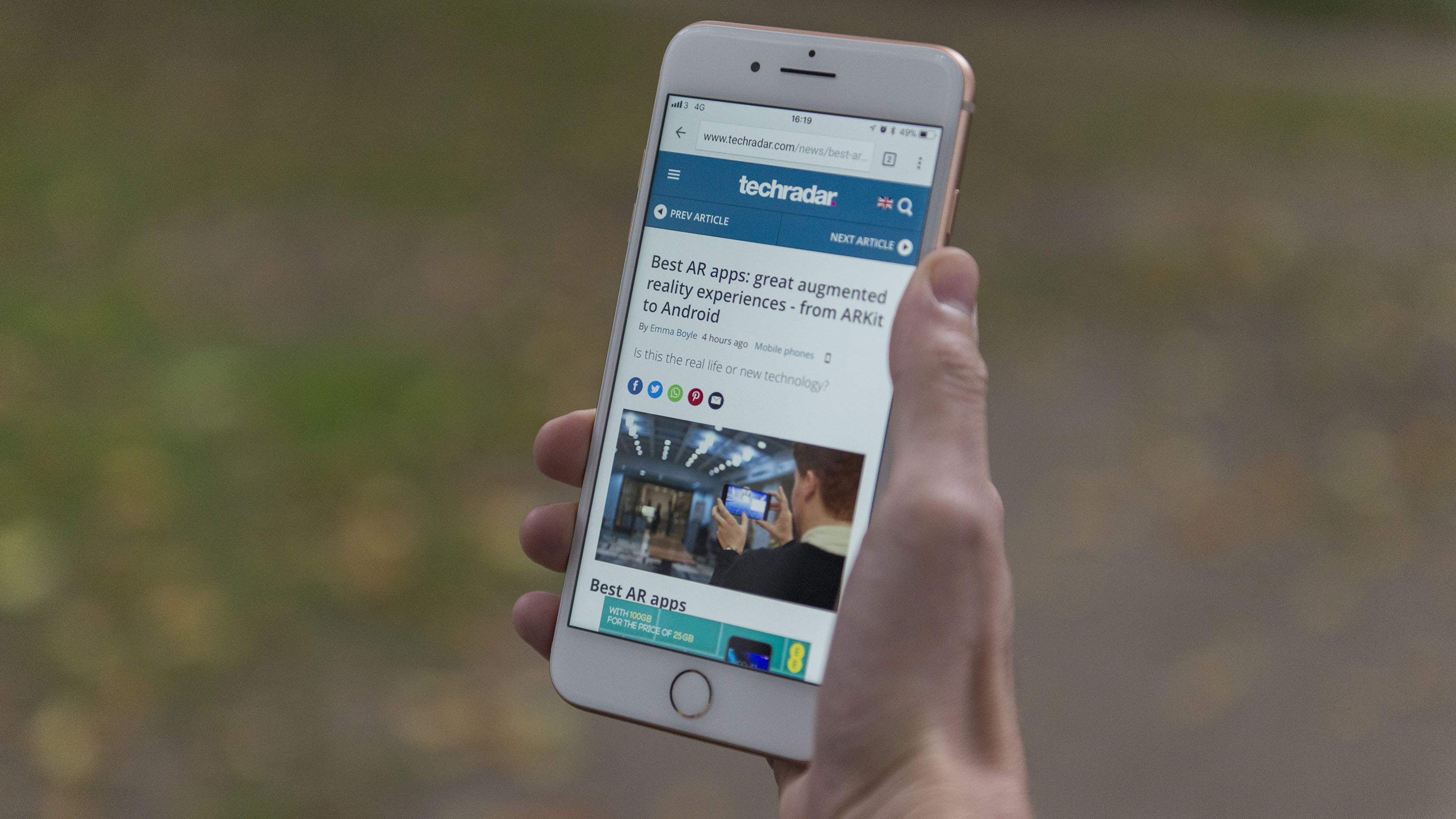
If you're a regular user of an iPhone, especially one who's not used a Plus model before, you'll be happy with the amount of battery on offer, and the ability of the iPhone 8 Plus to hold onto power when it's not doing much.
However, its battery life is a long way from being the best on the market, with many Android handsets able to last much longer.
- iOS 11 improves the usability of the phone
- 3D Touch and Control Center are both improved
- Now updated to iOS 12
Most iPhone users you'll speak to will agree that iOS 11 is a welcome and well thought-out upgrade. The visual changes are relatively minor, but they all really enhance the usability of the phone.
As shown by our earlier tests, you'll want one of the new iPhones for optimal performance when using the iOS 11 interface – unsurprisingly – but whichever handset you're using, the little tweaks are the most useful.
The iPhone 8 Plus has now been upgraded to iOS 12, bringing with it better performance and some new features. The key one is Screen Time, which monitors how much you're using your phone, and for what, and then provides tools to help you cut down on usage if you feel you're spending too long staring at your mobile.
A smaller update to iOS 12.1.3 has also happened, bringing new emoji and a Group FaceTime mode to the OS. And since then it has received iOS 12.2, bringing with it new Animoji and a tweaked Control Center design.
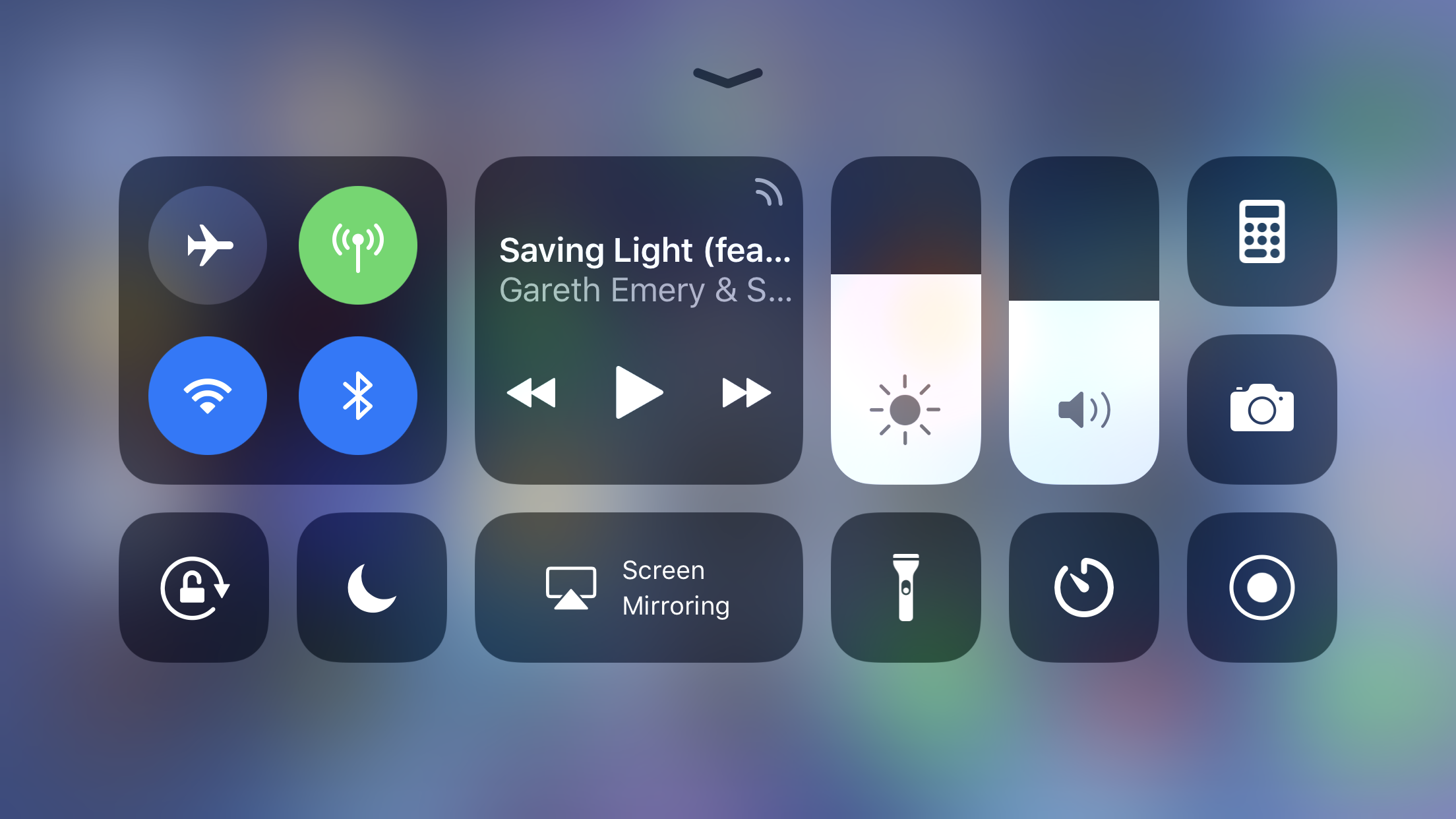
In terms of what iOS 11 did (and can still be found in iOS 12), 3D Touch is the biggest winner with the new changes, thanks to there being, well, just more that you can do with it.
Many more third-party apps have begun to offer extensions, with options activated by pressing harder either on the app icon itself or within the app. It's not an intuitive motion to push in harder initially, so if you want to get the the real benefits you have to constantly remind yourself of this feature's existence.
But in the all-new Control Center – the pane you drag up from the bottom of the screen – a longer press on any of the widgets offers genuinely useful extras, from the torch having more levels of brightness to the music app becoming fully functional.
There are bugs in the system though, and these hang around clearly unoptimized third-party apps. We experienced a number of unresponsive titles, or found keyboards being either too low, or covering the text box you're trying to type into.
However, as more and more apps become updated, this is becoming less of a problem.
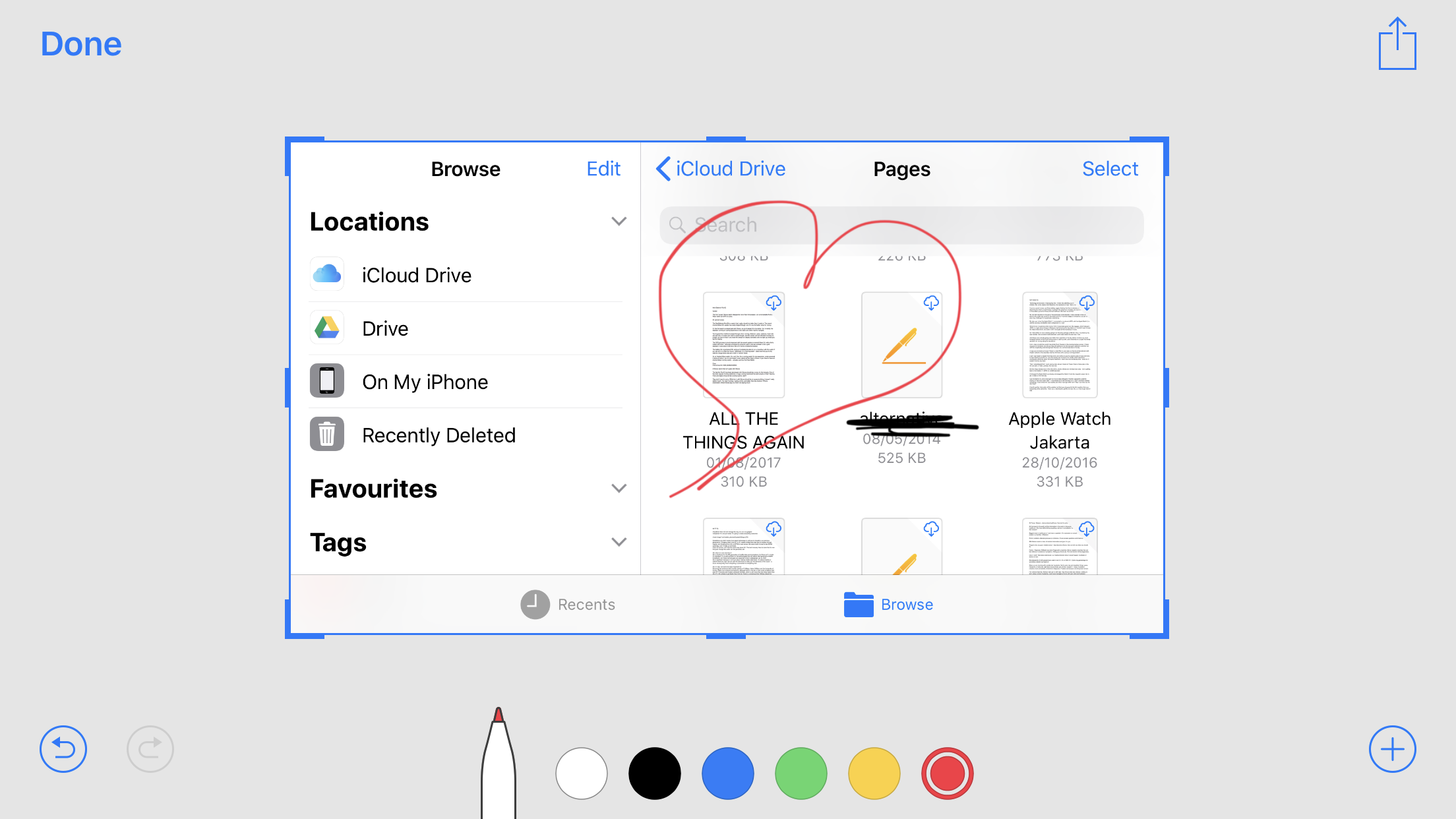
This isn’t alien for a new release of iOS – often when a new version of Apple's mobile software is released we see issues appearing with some apps – but with iOS 11 having spent so long in beta mode it was a little unexpected.
The addition of Files adds something that iPhones have been lacking for years: a peek behind the curtain to access the files hidden inside apps.
Except it really isn't that. You can't open the app and see your photos and videos – you have to save them to the Files app before you can view information on them or copy them to the cloud.
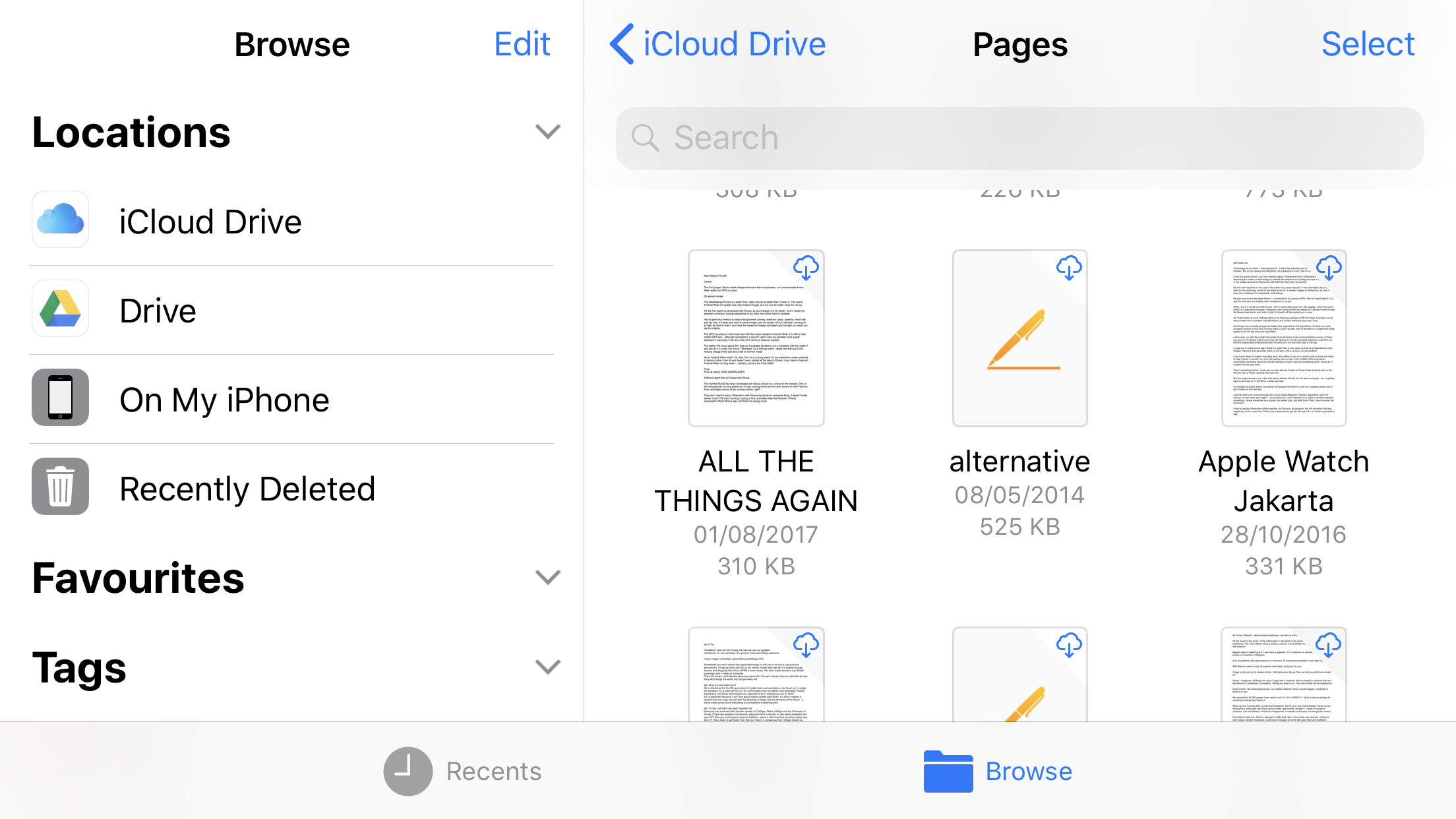
We get that Apple is trying to control the experience so people don't get confused rooting through their file system, and sharing from within apps is more straightforward, but having to wait 30 seconds to save something to Files irks.
It's something the top Android phones let you do easily – excellent when you want to download something from the internet and access it easily for email.
The new screen grab feature is nice: capture one and it'll show as a small preview in the bottom of the screen, from where a tap will open it for annotation.
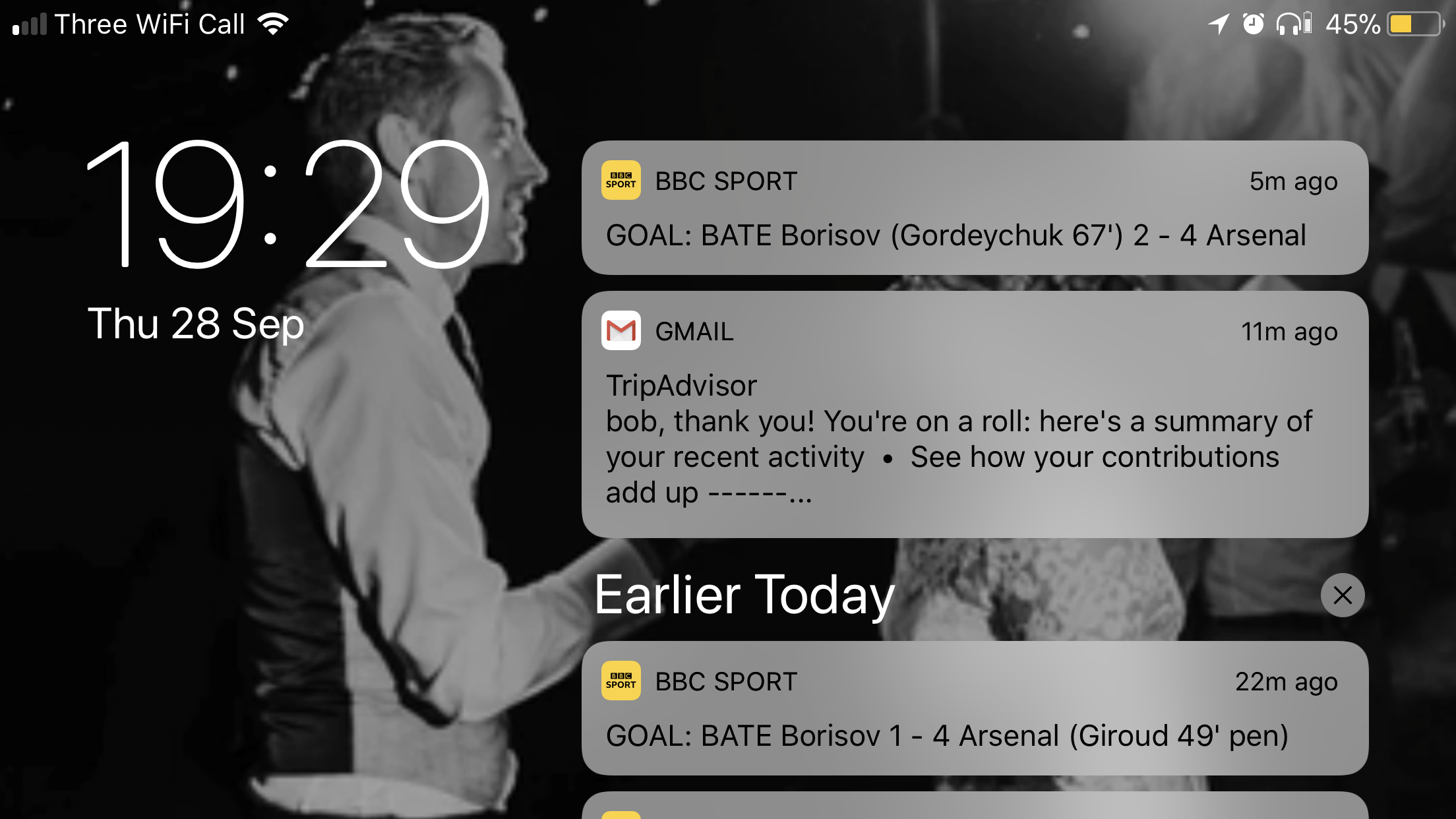
However, a finger is too fat to properly scribble or annotate on them. A smaller Pencil would be perfect here, but let's face it – that's too much like Samsung's S Pen.
The iOS 11 upgrade – although universal to all recent iPhones – shines brightest on the iPhone 8 Plus, and offers a genuine reason to go for the bigger option, for the speed of operation on the heavier tasks if nothing else. The arrival of iOS 12 has only made the phone a better experience overall.
Plus iOS 13 is now confirmed for the phone, and it should be available later this year. That software upgrade will bring features such as Dark Mode and a revamped version of Apple Maps to your iPhone 8 Plus.
The iPhone 8 Plus is a great phone – there's no doubt about that. At launch it was a better phone than anything Apple had produced before - albeit shown up by the iPhone X - and it's, well, just done in a very Apple way.
That's not fawning over the brand, it's a nod to the effort that Apple puts into making sure its phones just work, and in a way that adds in flourishes that impress.
Whether that's a subtle haptic double buzz when pressing the shutter on the camera, or being able to 'feel' the numbers clicking when selecting the time on the alarm, it's those little delights that… delight.
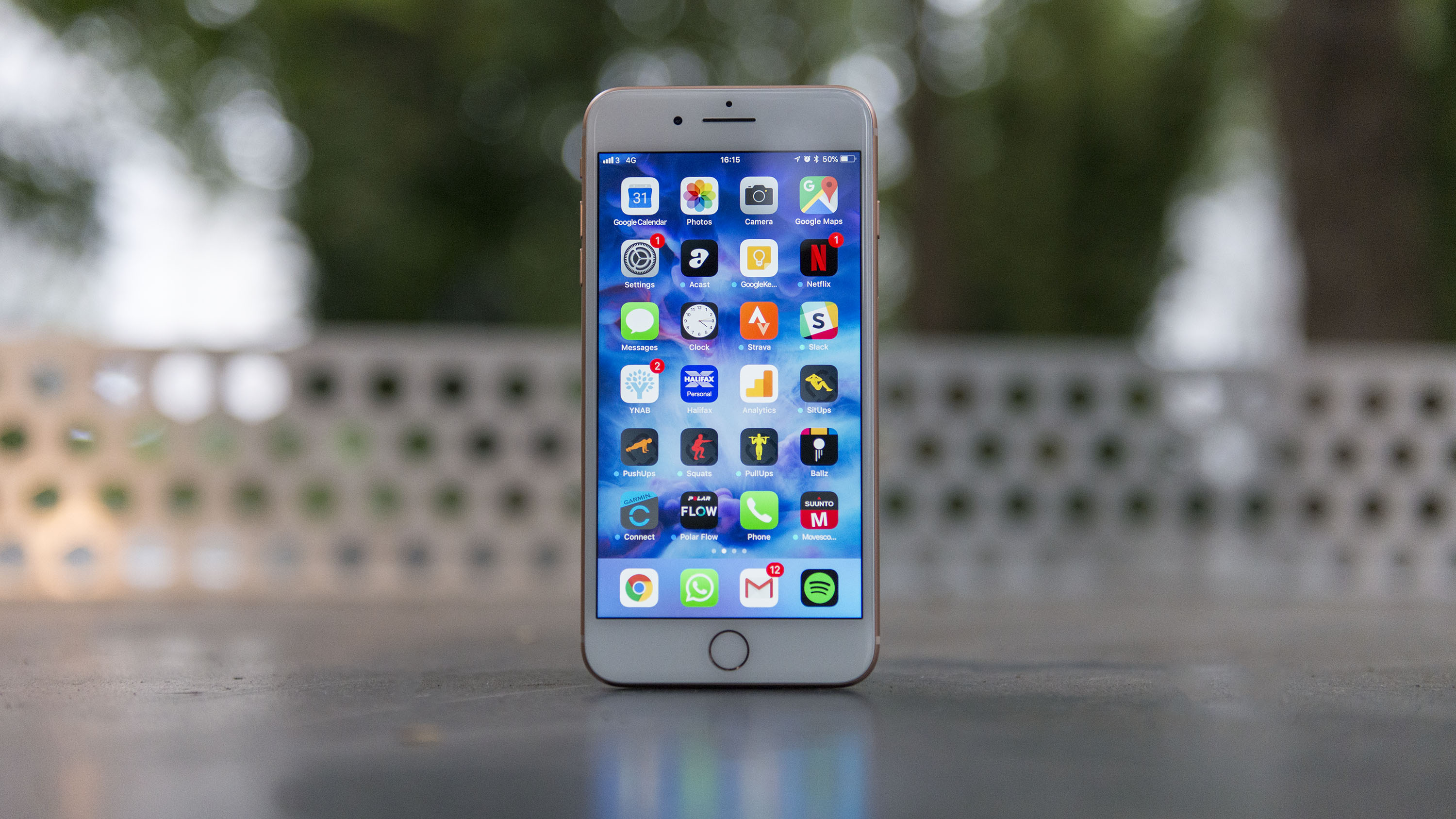
The glass back on the iPhone 8 Plus is probably the most noticeable change, to enable wireless charging – it's a different look, and if the drops we inadvertently subjected the phone to are anything to go by, it's pretty robust.
The wireless charging is a handy addition, but it's not earth-shattering… you'll enjoy it if you've got a pad, but it's not as rapid as connecting a lead.
The camera enhancements are subtle, but impressive, as is the speed boost the A11 Bionic chip offers – you won't notice much out of the box, but the little extras it brings do offer something different.
The Portrait Lighting mode was a nice upgrade from Apple, especially in decent light, and a genuine highlight over the iPhone 7 Plus.
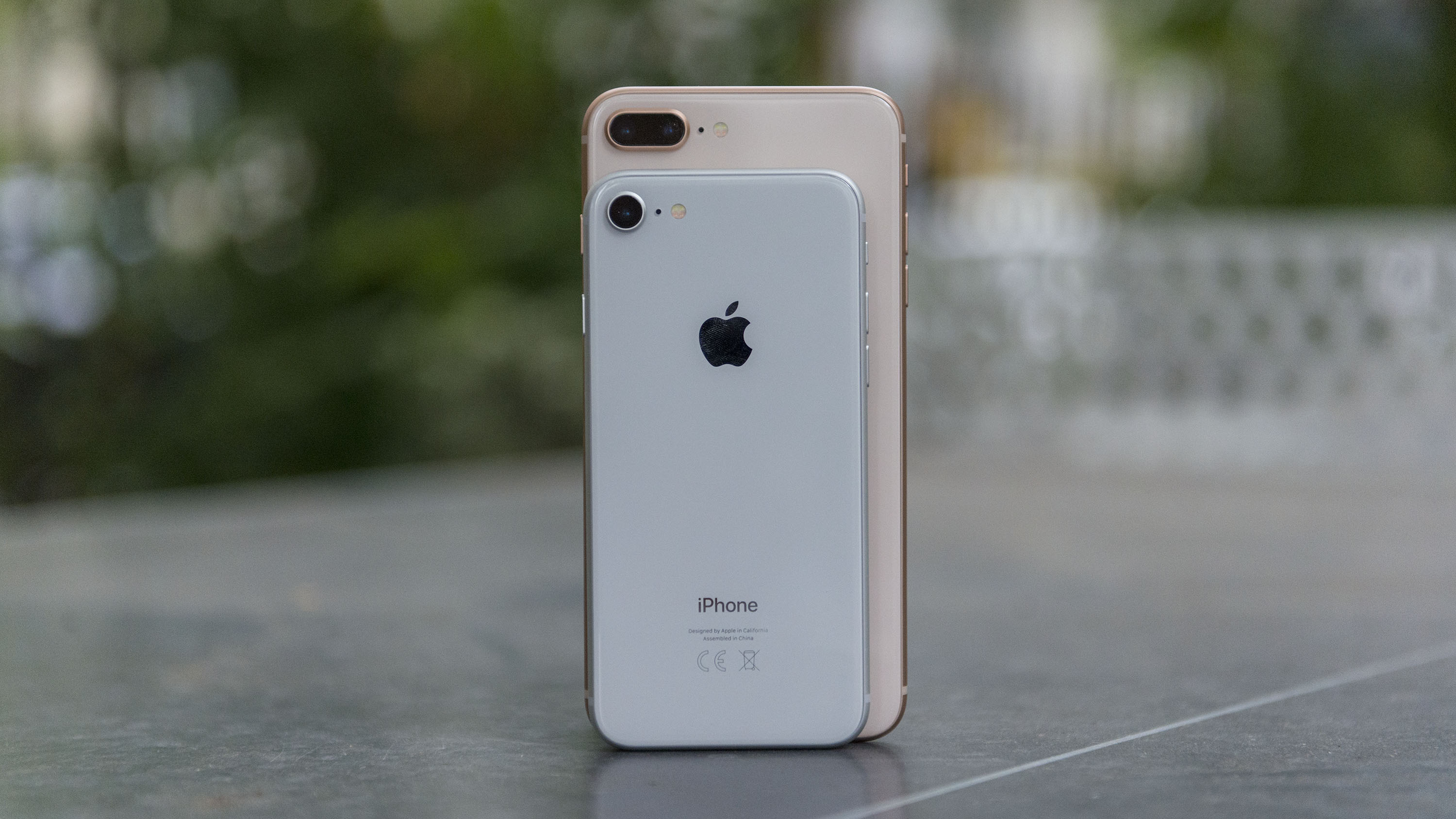
Battery life has sadly not taken the leap forward we're desperate to see from Apple – if you've always lived within the iPhone ecosystem you'll be pleased with the battery performance on offer, but there's still the feeling that more could be done here.
In short, the iPhone 8 Plus is a great phone. It's expensive, but filled with the little touches Apple is known for that smooth the smartphone experience to such a degree that you'll feel glad you paid more.
The thing is, the presence of the iPhone X (and the 2018 models) renders the 8 Plus unexciting. It's an old design with the same features as before, just a bit more refined again. The iPhone X/XS/XS Max/XR are exciting, whereas the 8 Plus is just more of the same.
Who's it for?
The iPhone 8 Plus is a phone for the Apple fan who wants solid battery life and a big screen, without having to pay the premium the iPhone X or iPhone XR costs.
That said, if you're going to pay this much, you should think hard about spending a little more to get the headline new iPhones… the iPhone 8 and 8 Plus are using the rapidly-tiring shape that Apple has been offering for years, where the XS and XR phones are a whole new experience.
Also, if you're a video fiend, you should only buy the iPhone 8 Plus if you're happy to fork out for the 256GB model, otherwise you'll run out of space within a few months if you don’t siphon off your movies.
Should I buy it?
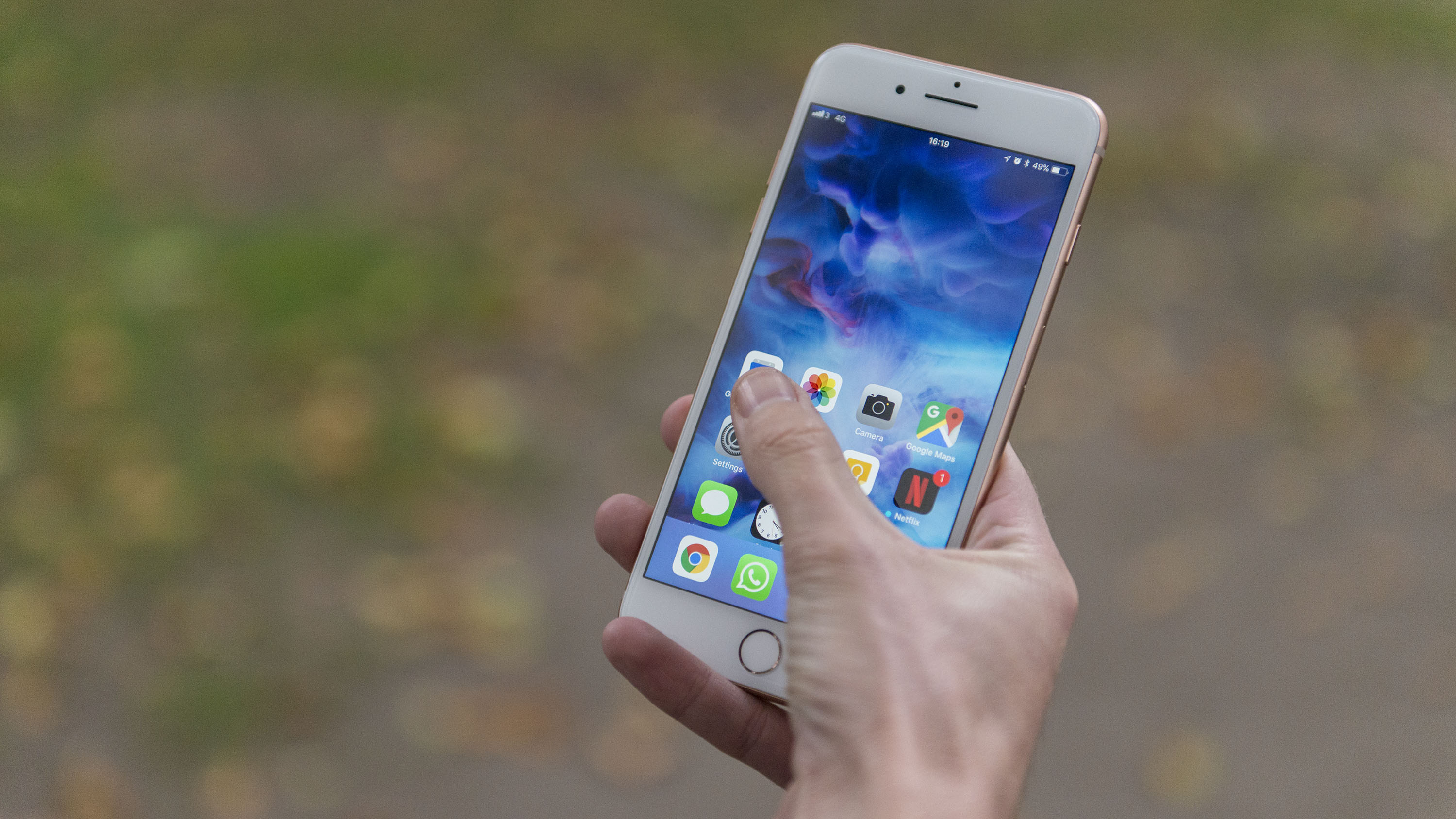
This is a tough one… because, right now, we're not sure there's a huge upgrade here over the iPhone 7 Plus. The power doesn’t seem that much better in the iPhone 8 Plus over its predecessor, which is odd given the disparity in benchmarks.
The camera is just a touch improved (although noticeably so in some scenarios) and the screen tech a subtle boost.
In short, you should really only go for the iPhone 8 Plus if you especially want wireless charging, you intend to keep the handset for a number of years, and you can't stretch to the iPhone XR. Apple sells better iPhones for a little more and iPhones that are almost as good for a little less.
Not convinced the iPhone 8 Plus is for you? Check out these alternatives we've cooked up for you – they're close enough to what's on offer here but offer some nicely different features...
iPhone XR
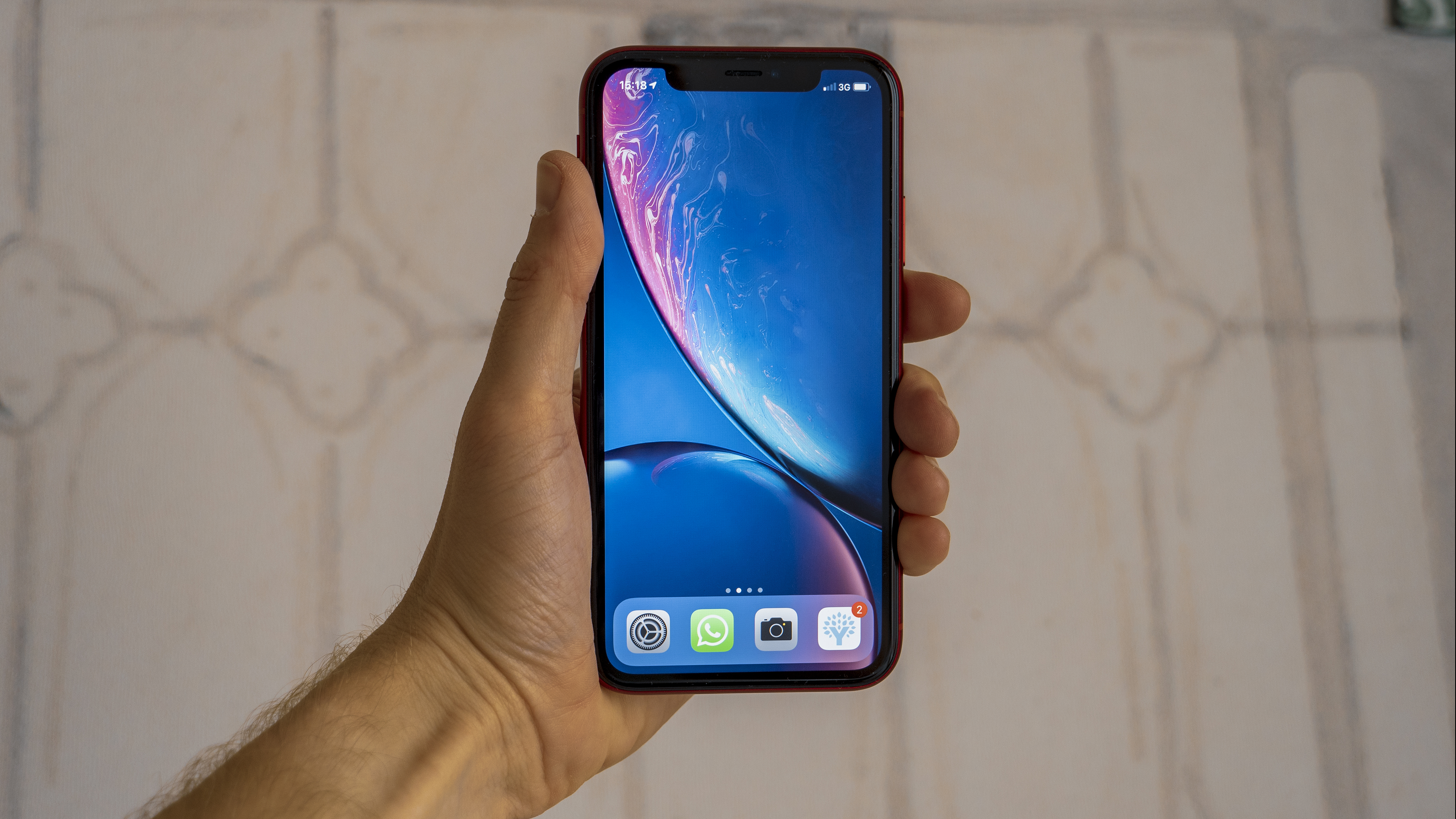
Of the new iPhones that Apple launched in 2018, the iPhone XR is closest to the iPhone 8 Plus in price – $749 / £749 / AU$1,229 for the XR against $699 / £699 / AU$1,149 for the 8 Plus.
That's not a huge price difference, and it's hard to justify buying the old-style iPhone 8 Plus for the sake of saving a few dollars or pounds. The iPhone XR is faster and has a bigger display, though on the other hand the iPhone 8 Plus is still plenty fast enough and features a dual-lens rear camera.
- Read our iPhone XR review
iPhone 8
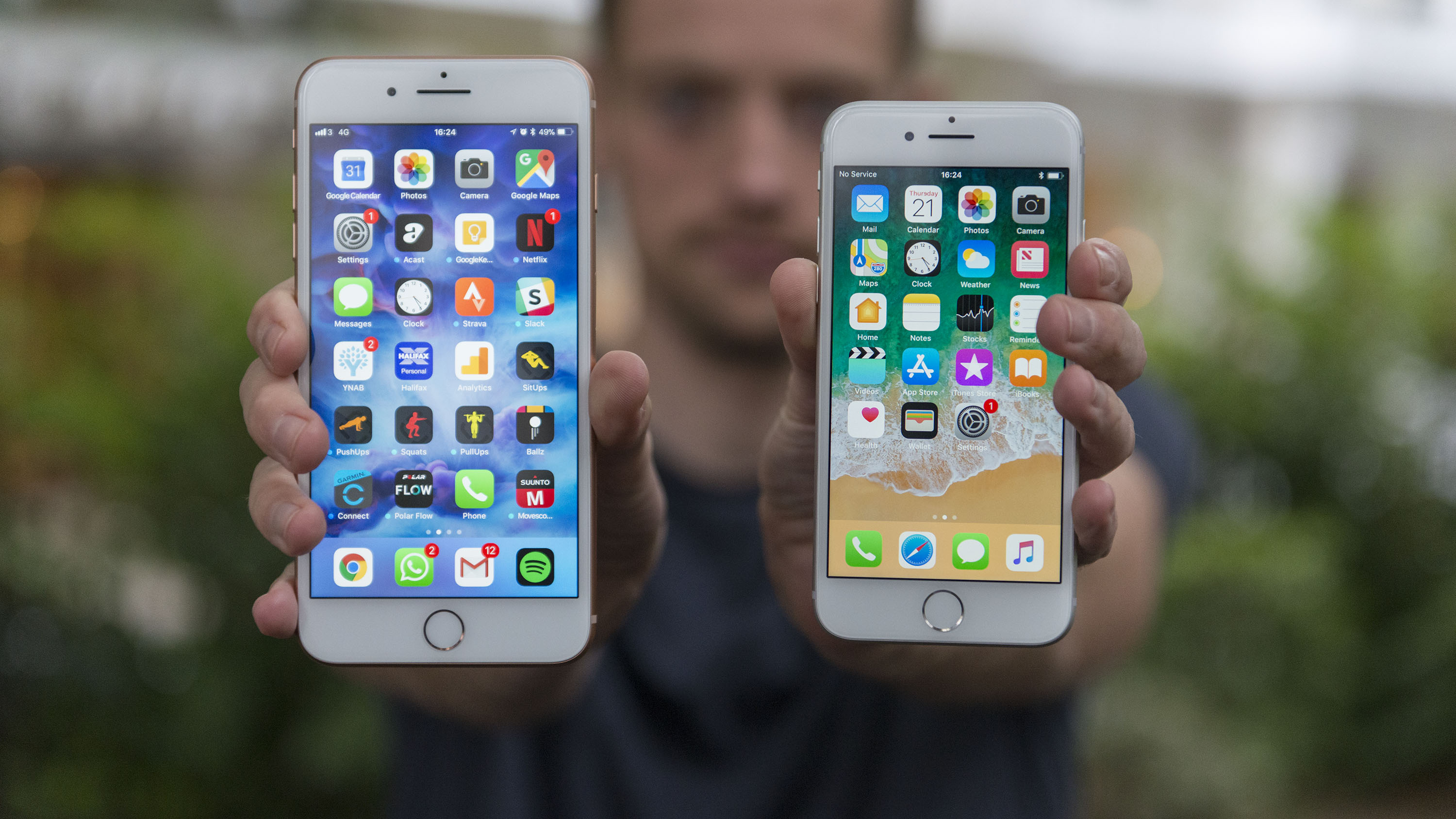
The iPhone 8 is the smaller option of this handset, and it's cheaper too - however, it has fewer bytes of RAM, a lower-res screen and a smaller battery. It's the one to choose if the Plus is just too chunky; otherwise, go for the bigger model as it's the better performer.
- Read our iPhone 8 review
Samsung Galaxy S10 Plus
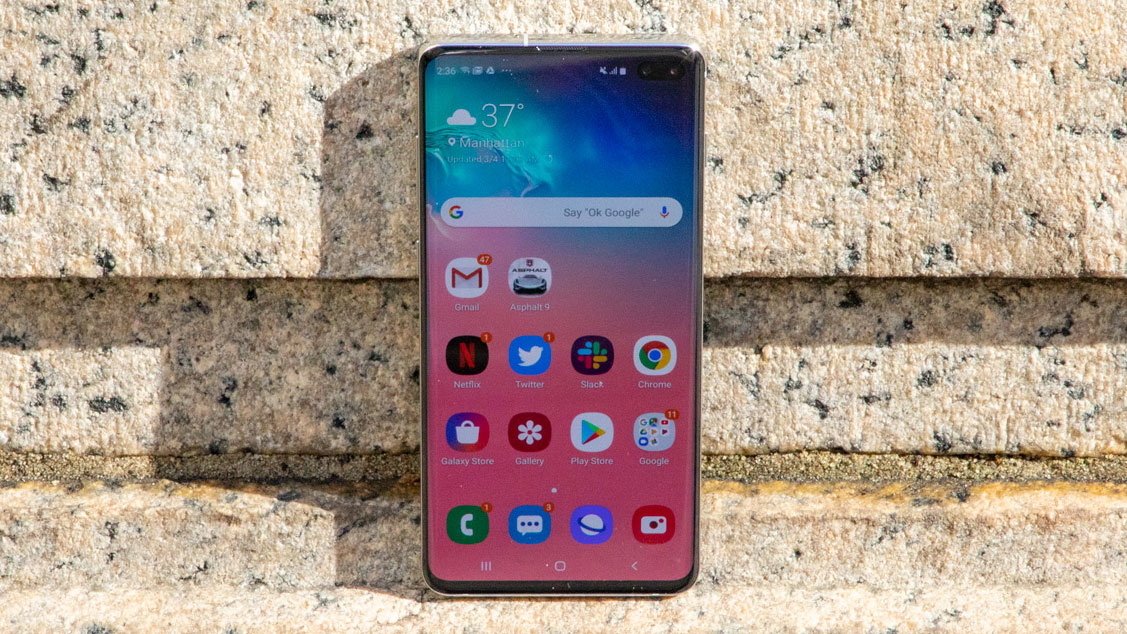
Maybe you've been thinking of leaving the Apple camp? If so, jump to our best phone on the market, with the S10 Plus bringing five camera lenses (three on the back, two on the front) and a top-quality screen.
Alternatively, you might want to consider the cheaper Samsung Galaxy S10, which is still high-end but a little smaller at 6.1 inches - that still makes it bigger than the iPhone 8 Plus though.
Be warned though: Android is a different world to the slick experience of iOS, and you might struggle initially with the change. Google's Android Pie update is solid, but you'll never get iMessages on Android.
- Read our Samsung Galaxy S10 Plus review
Samsung Galaxy S10e
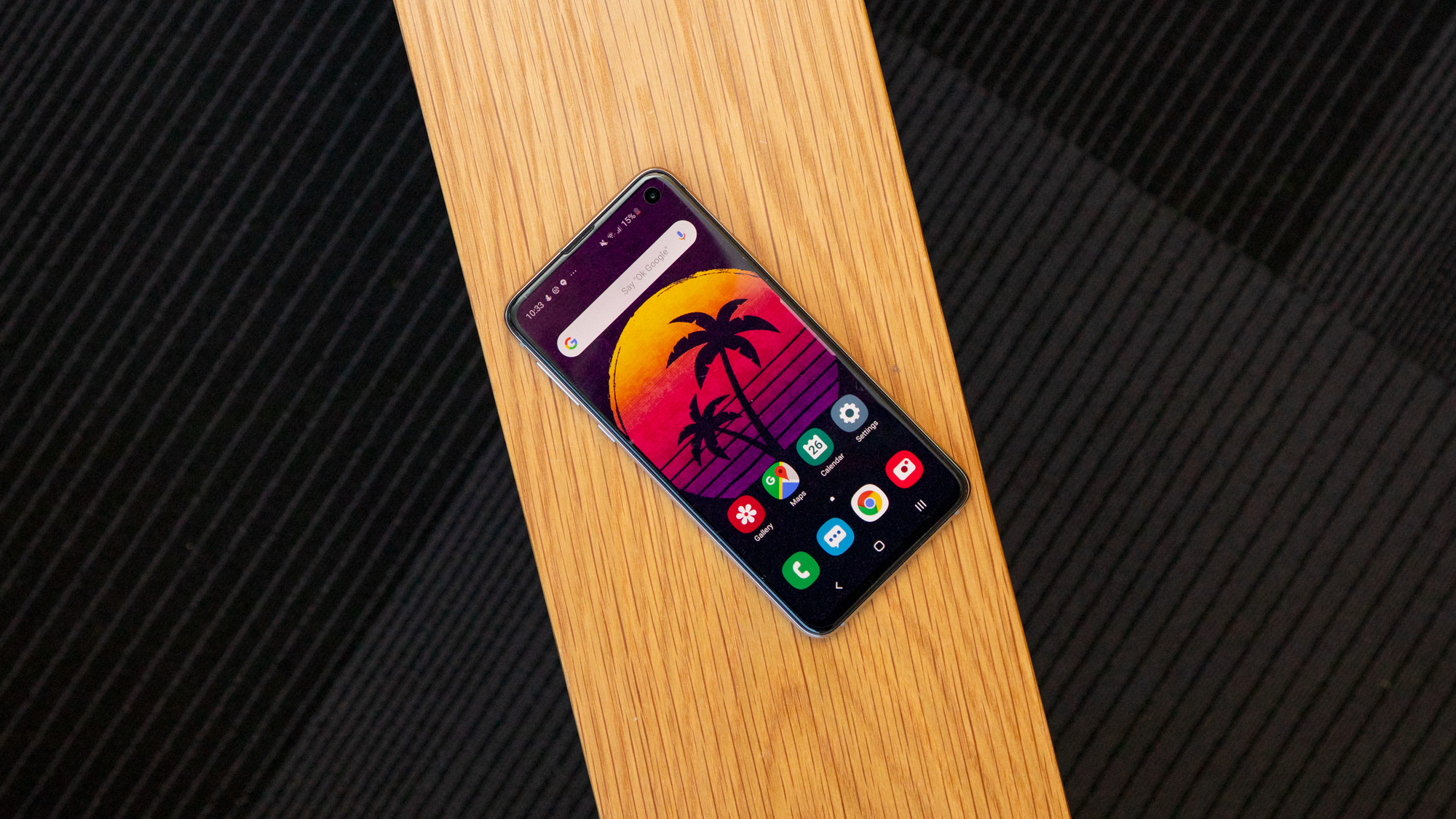
Maybe you want a quality Android phone but can't quite stretch to the admittedly expensive Samsung Galaxy S10 Plus? In that case the Samsung Galaxy S10e is made with you in mind.
It has a slightly bigger screen than the iPhone 8 Plus at 5.8 inches, but it's wrapped into a surprisingly compact body, with minimal bezels and a punch-hole camera.
Speaking of cameras, there's an impressive dual-lens one on the back, plus all the power you'd expect from a 2019 flagship. It lacks the curved screen, in-screen fingerprint scanner and extra lenses of the rest of the range, but then the iPhone 8 Plus doesn't have those either.
- Read our Samsung Galaxy S10e review
0 comments:
Post a Comment